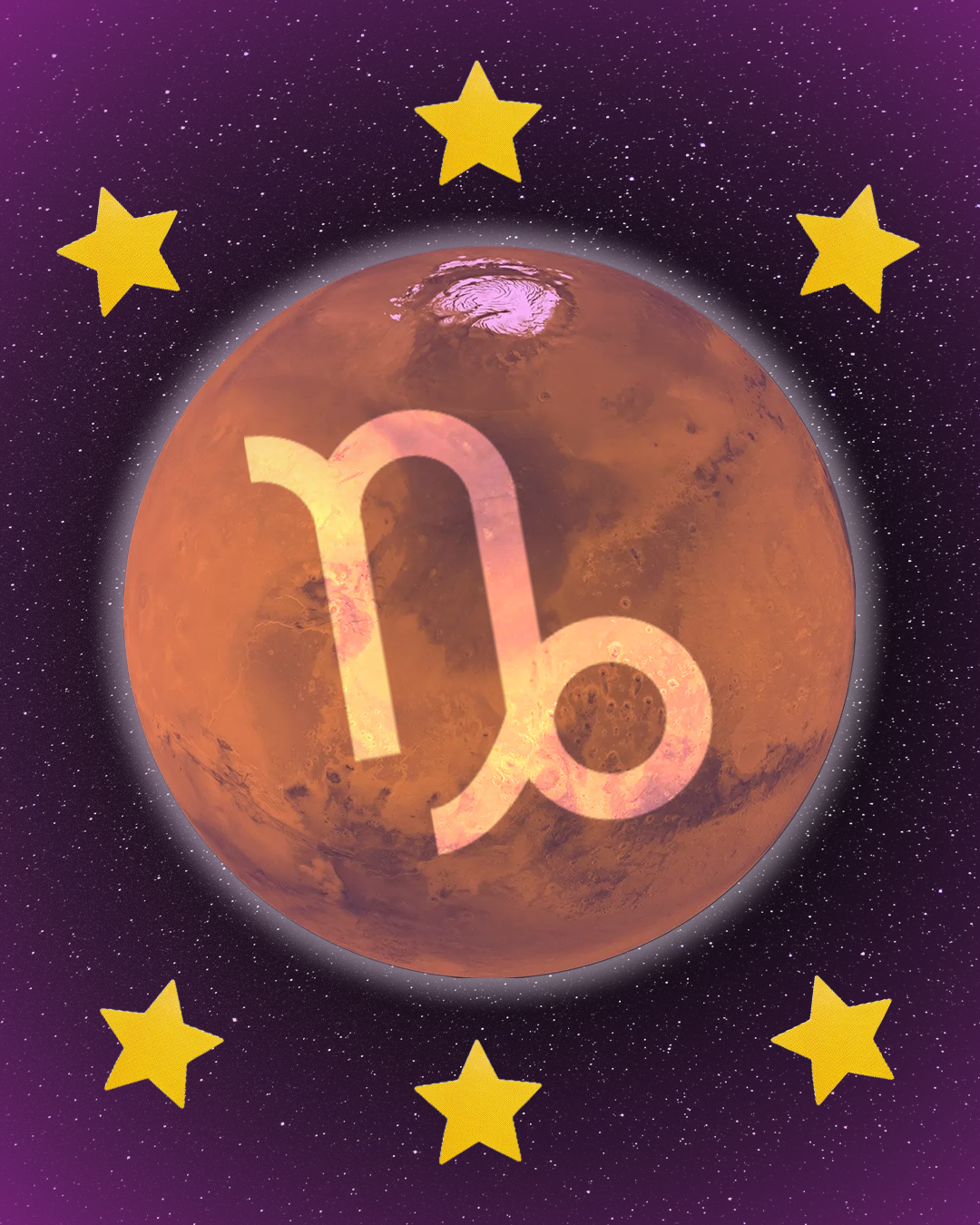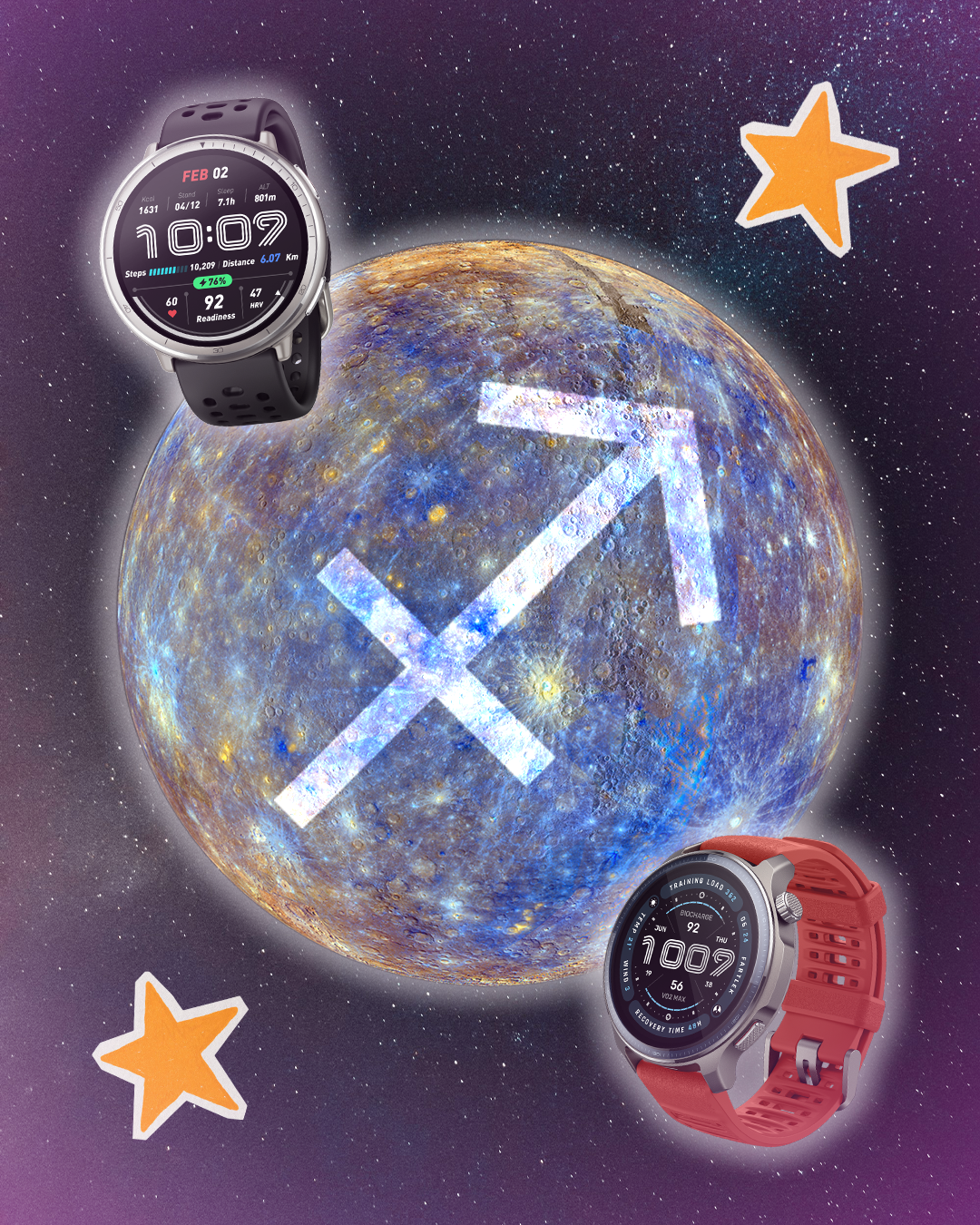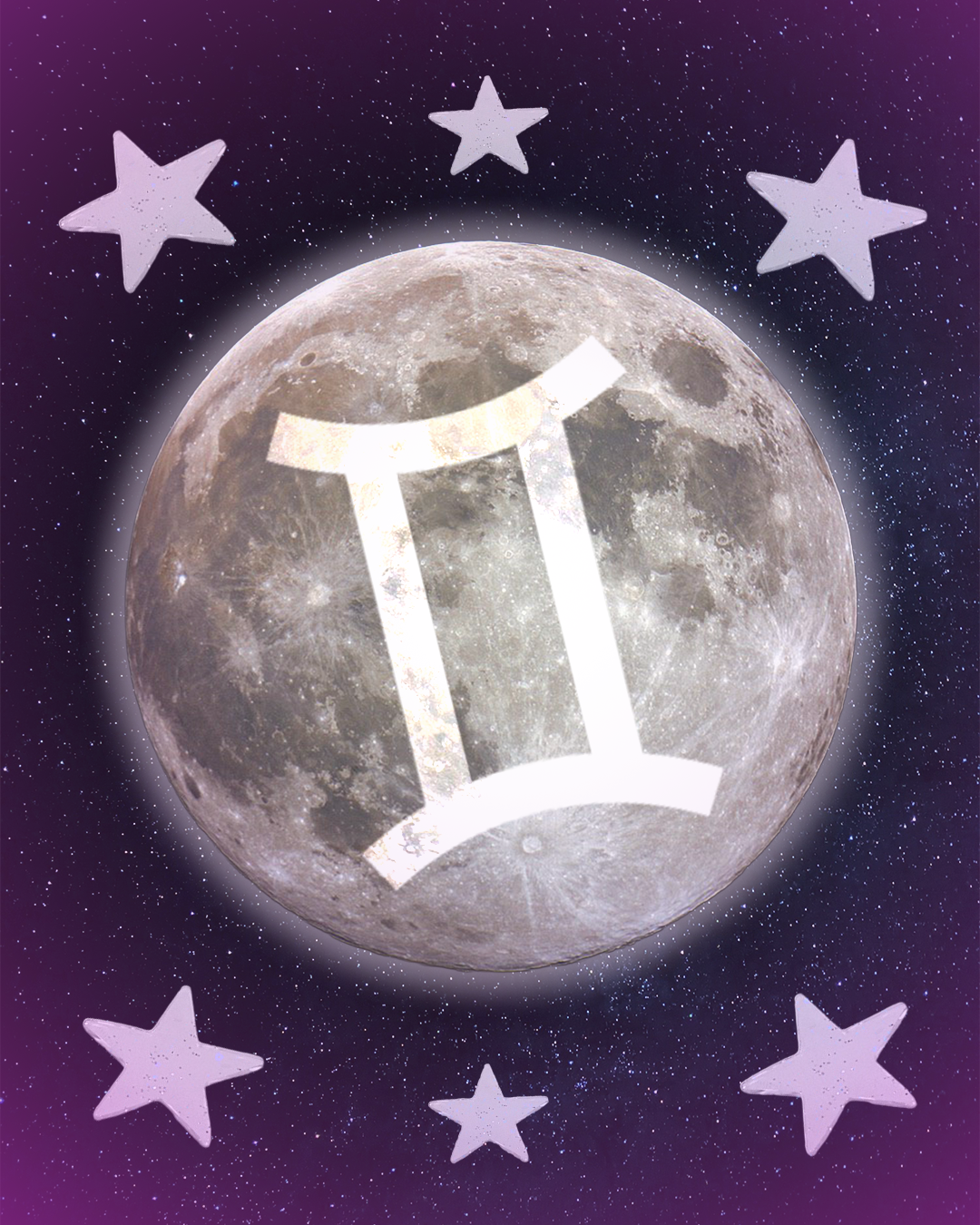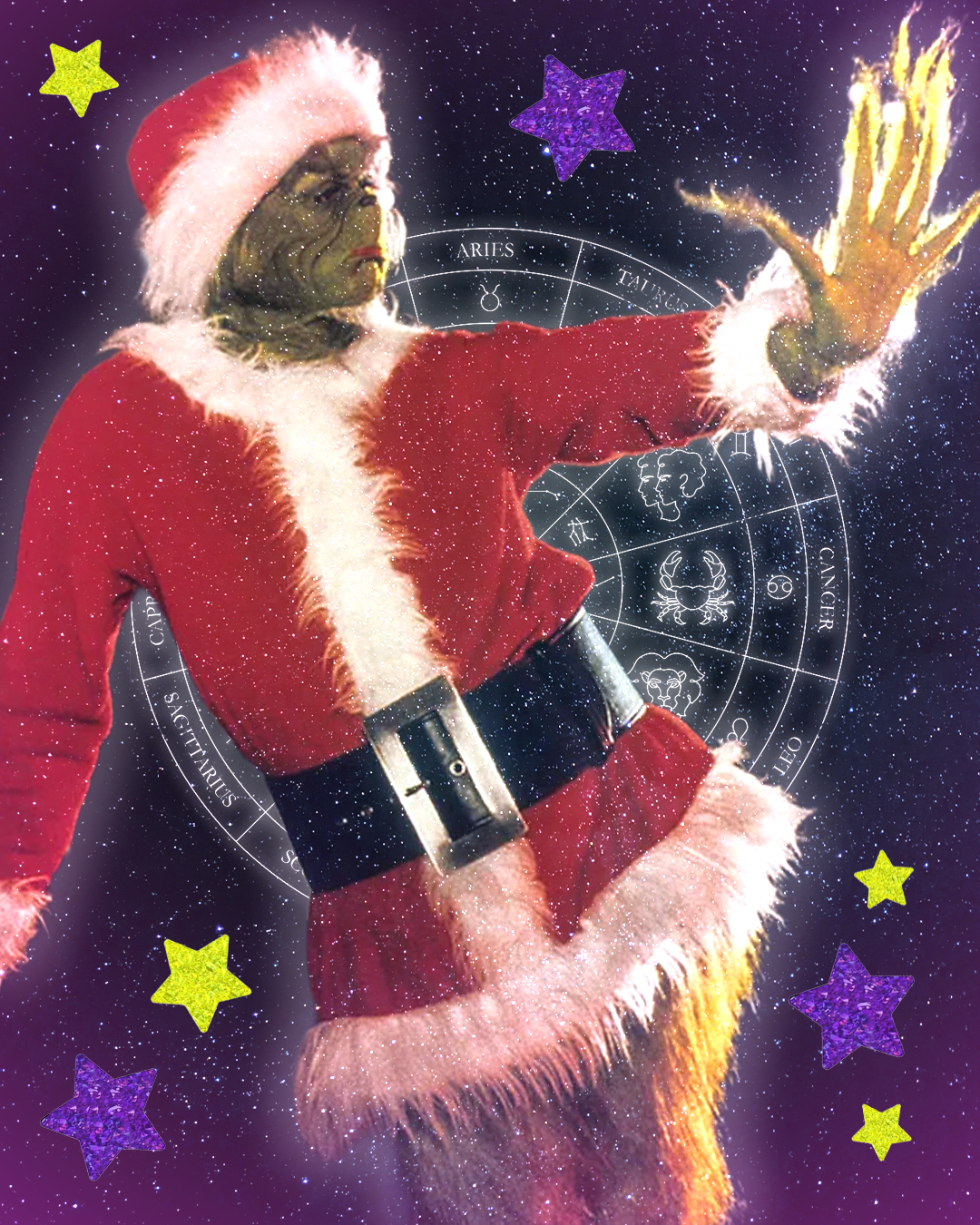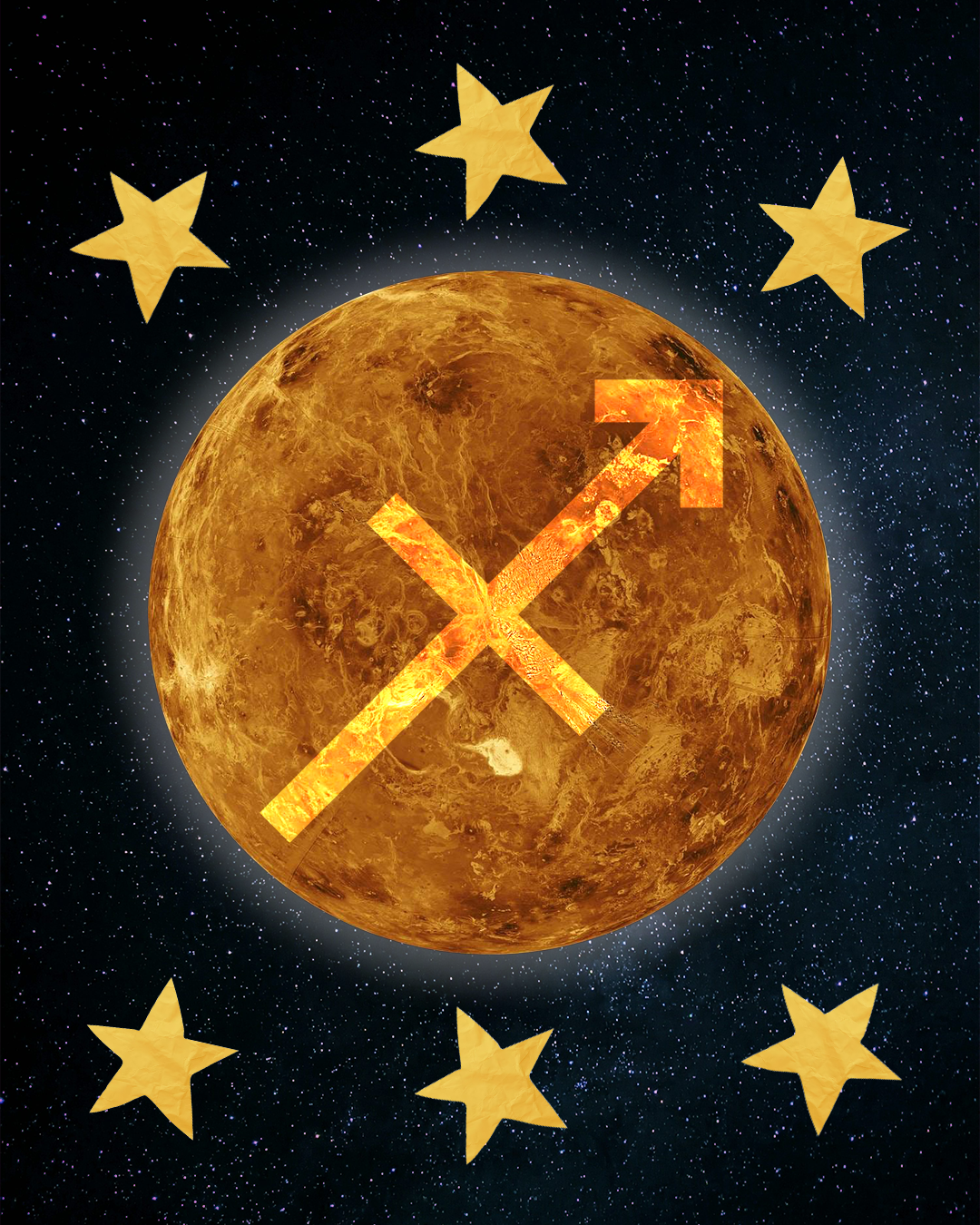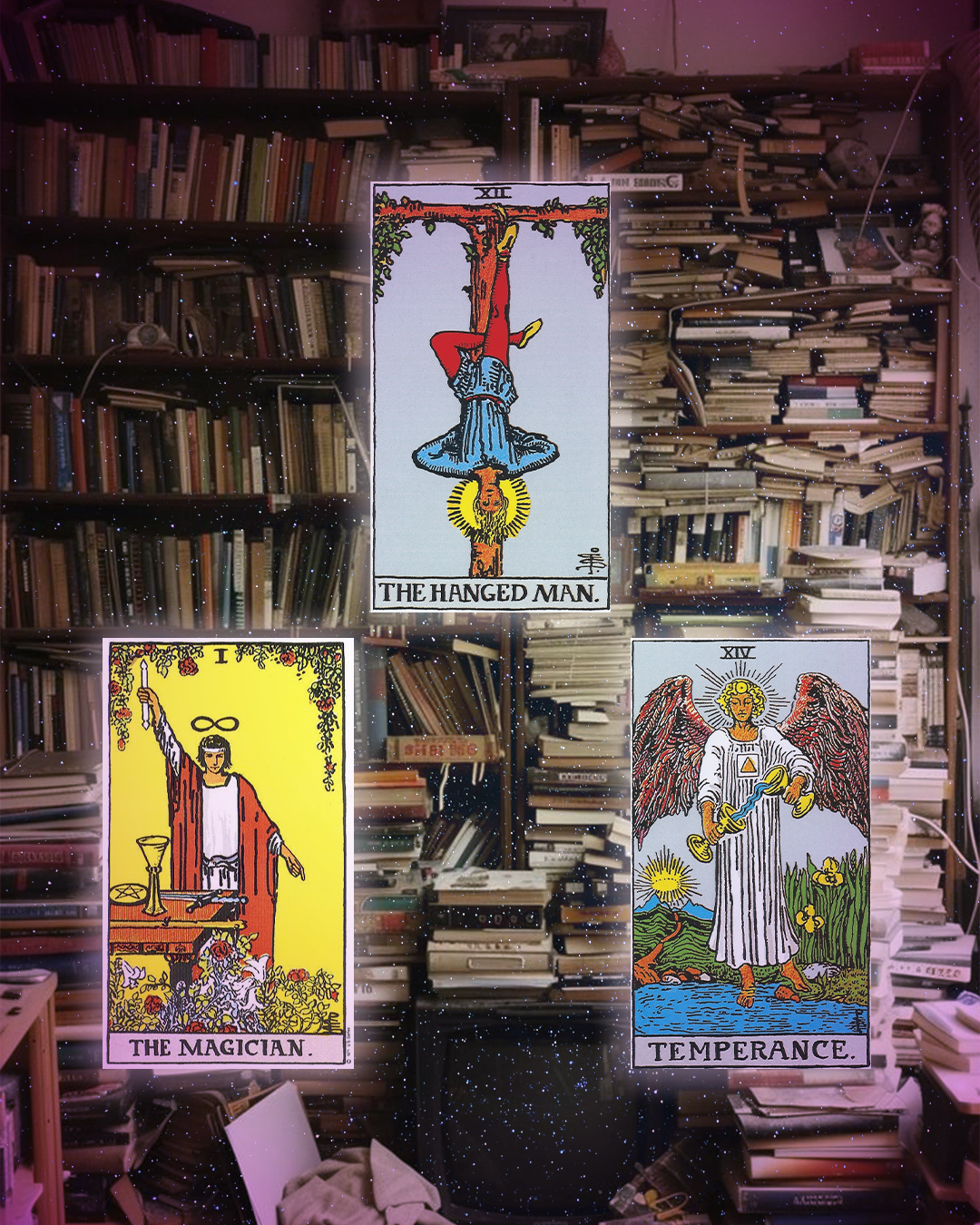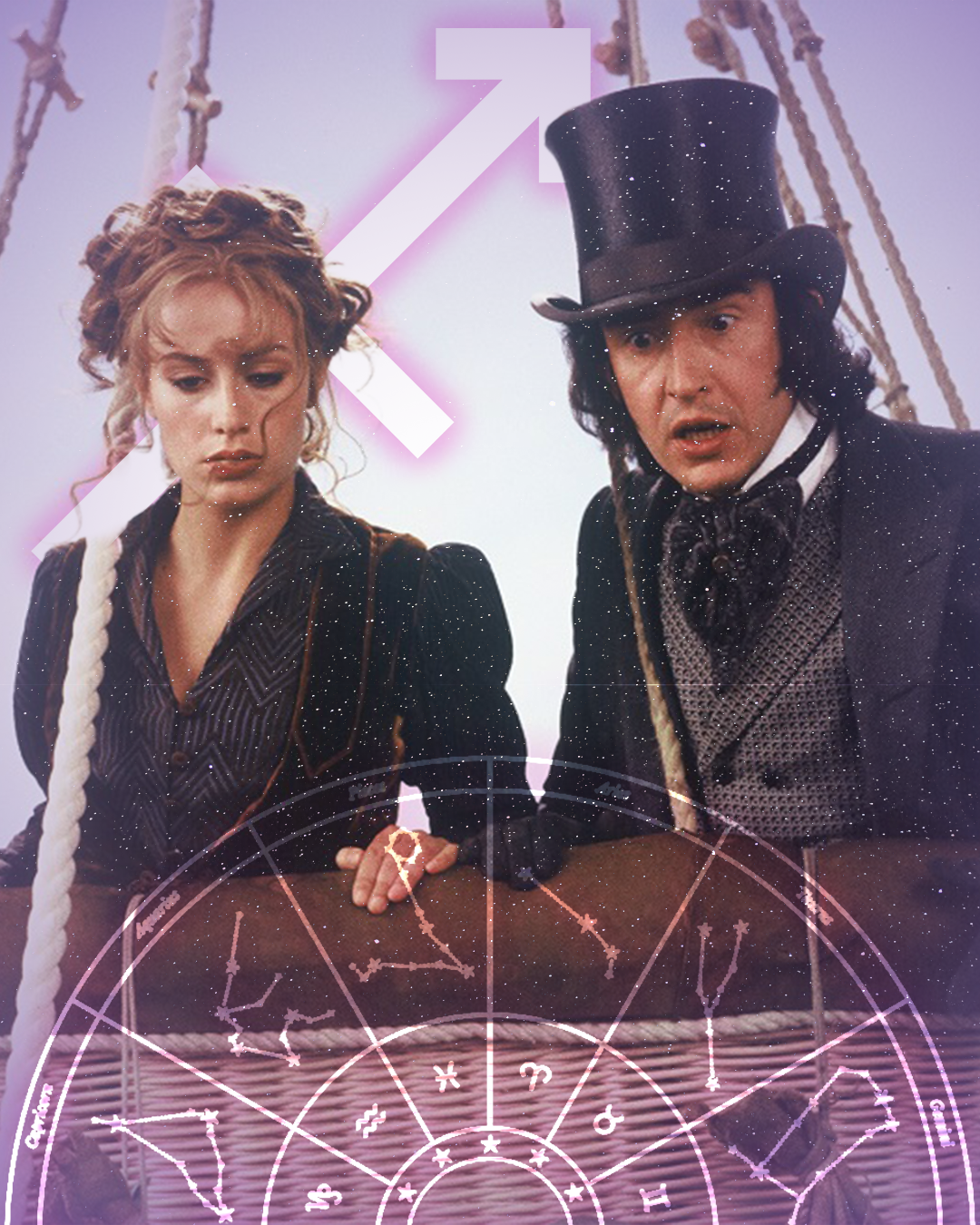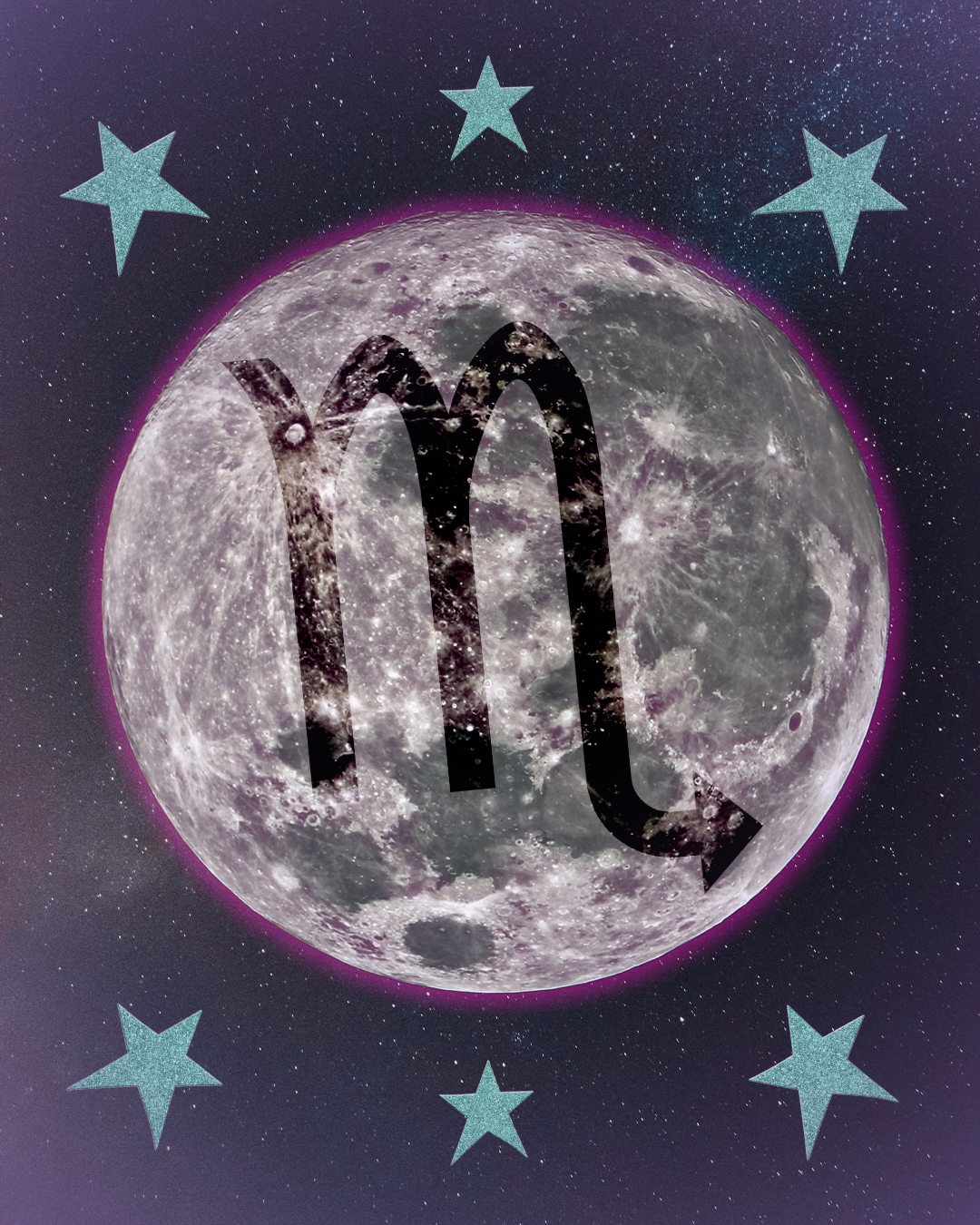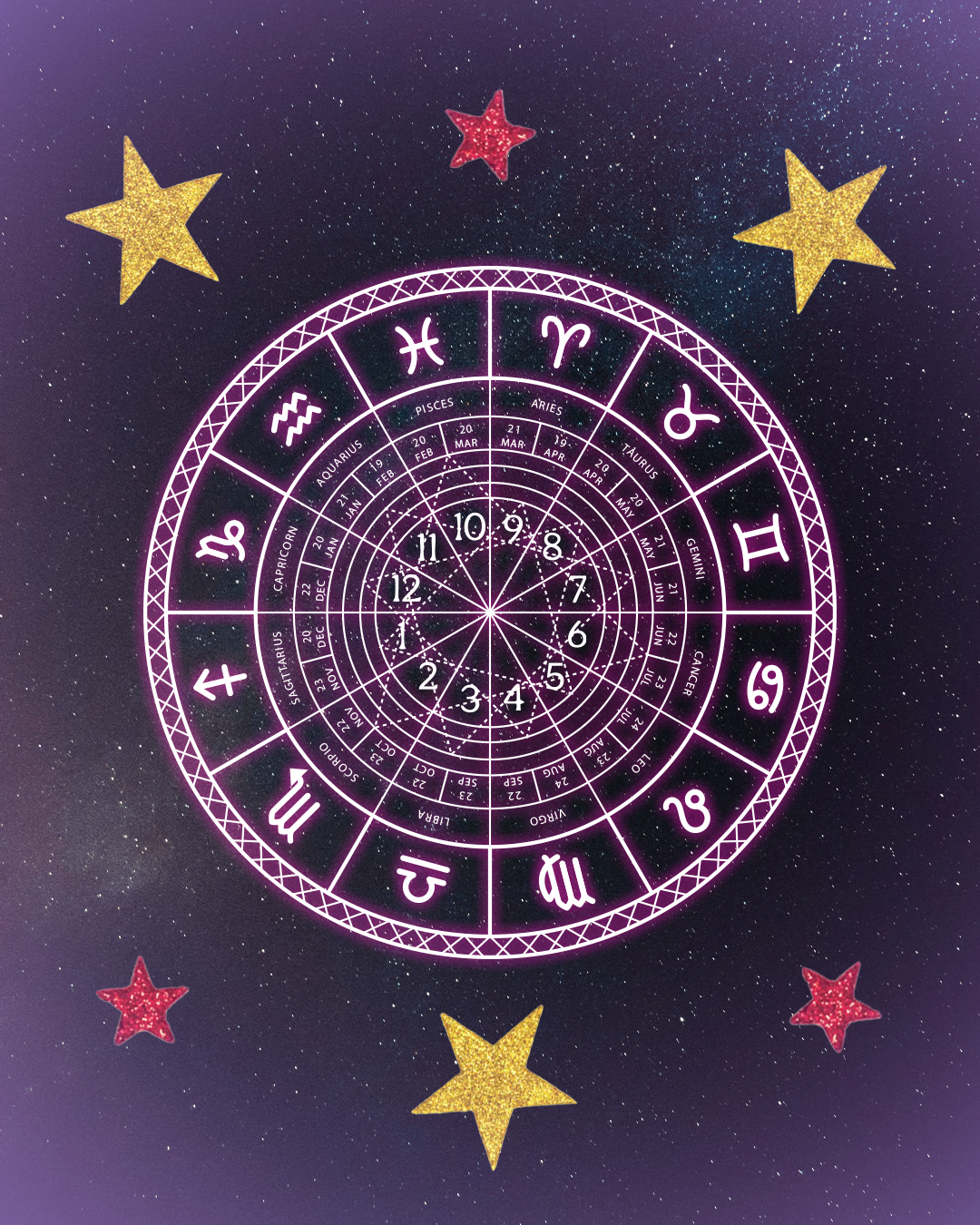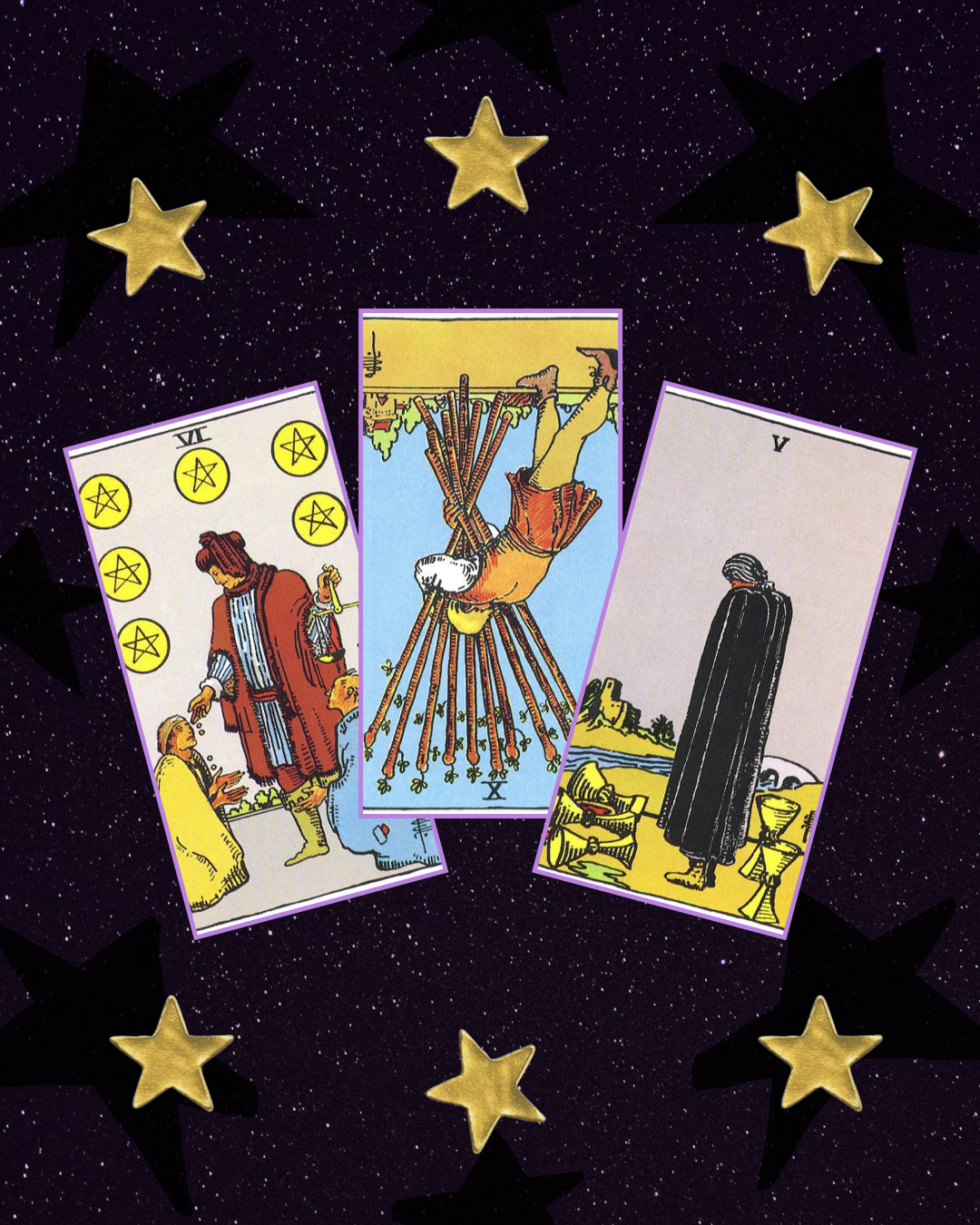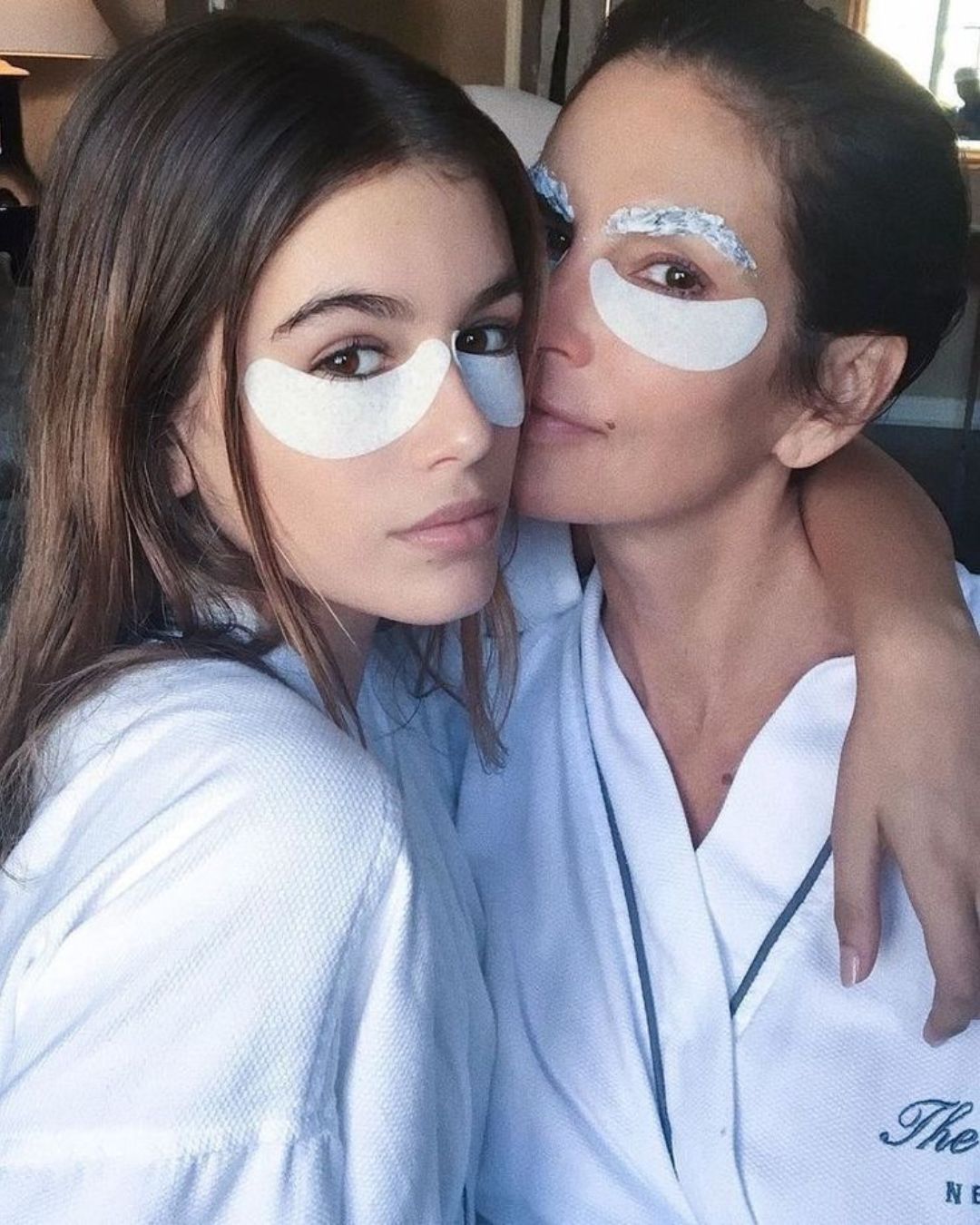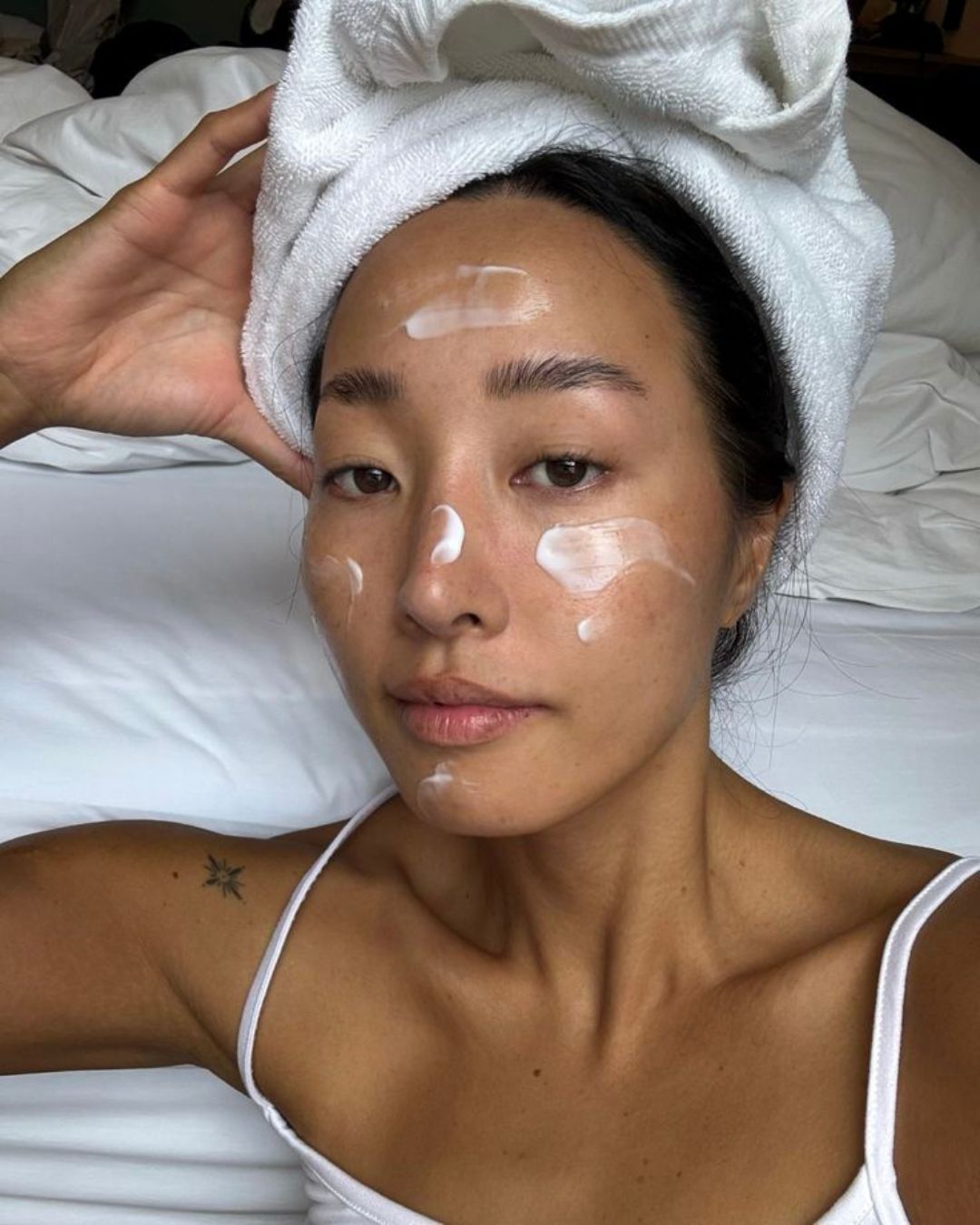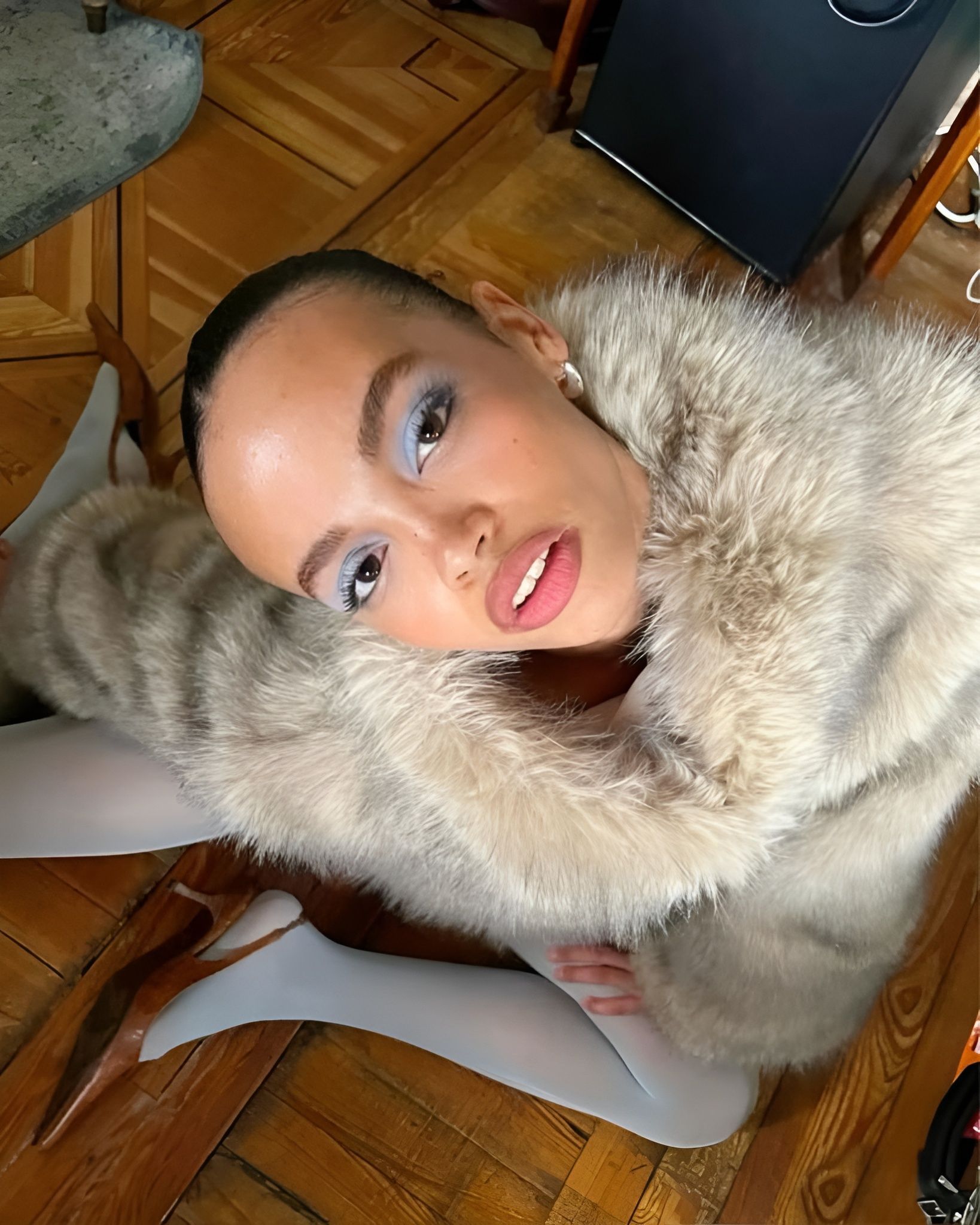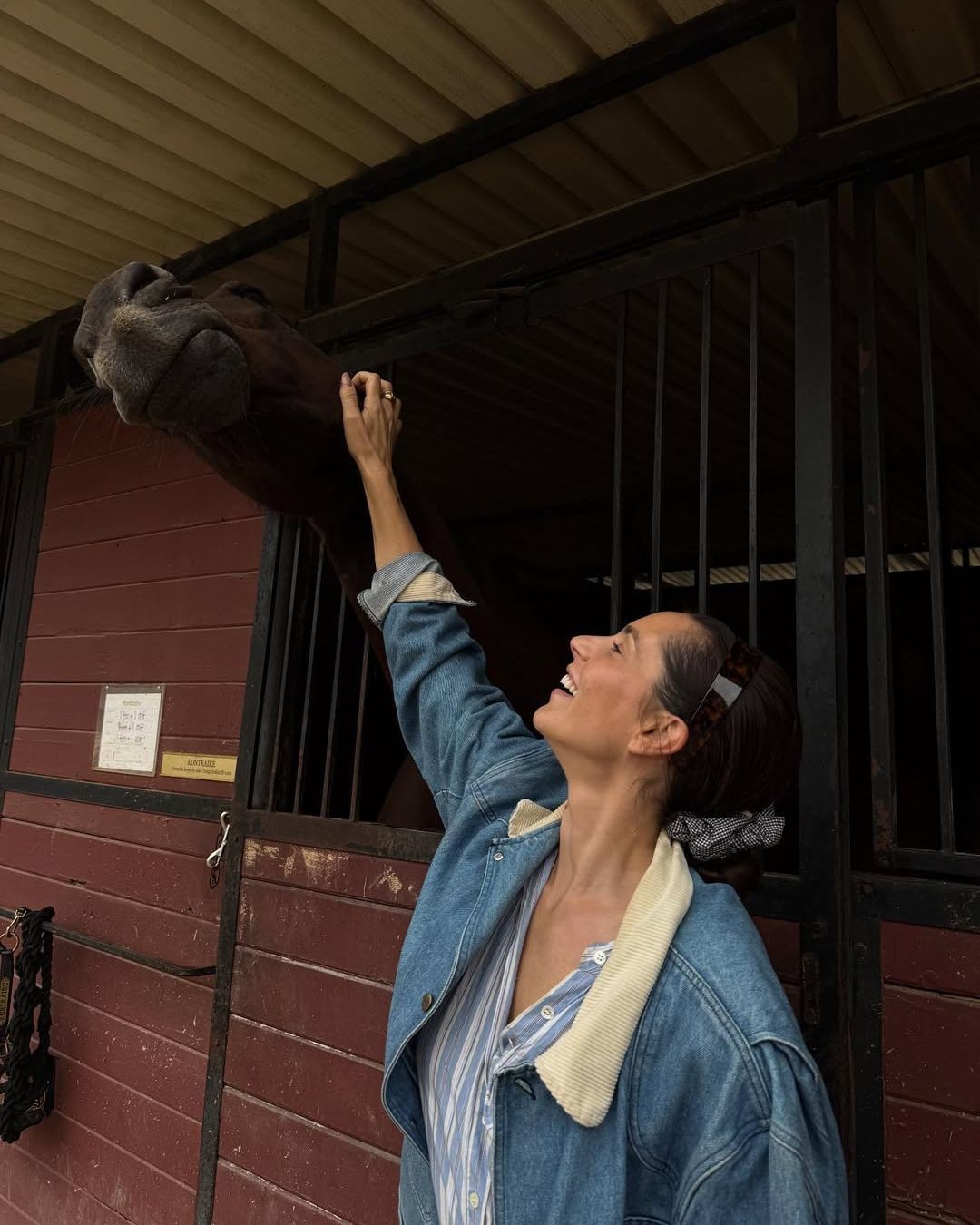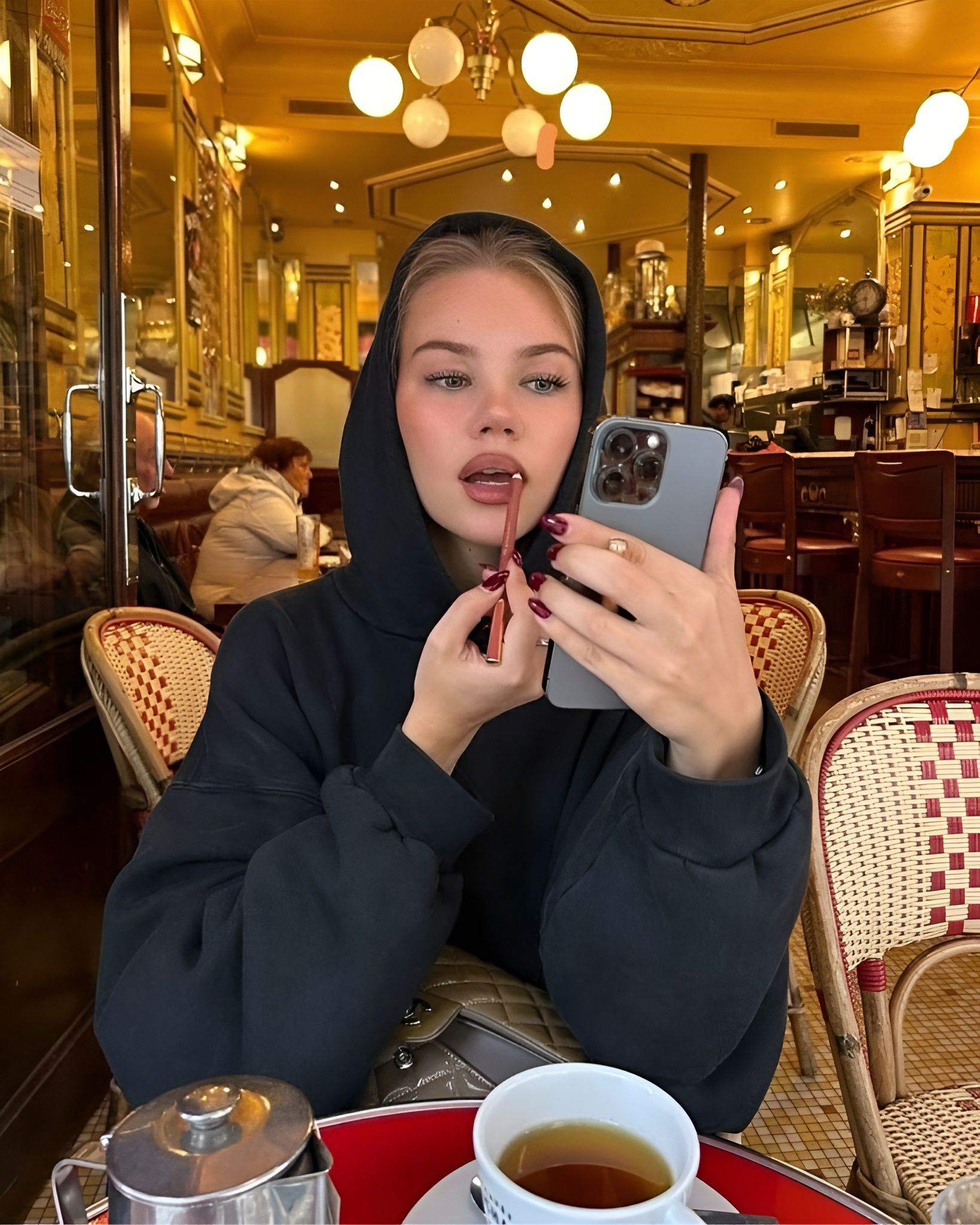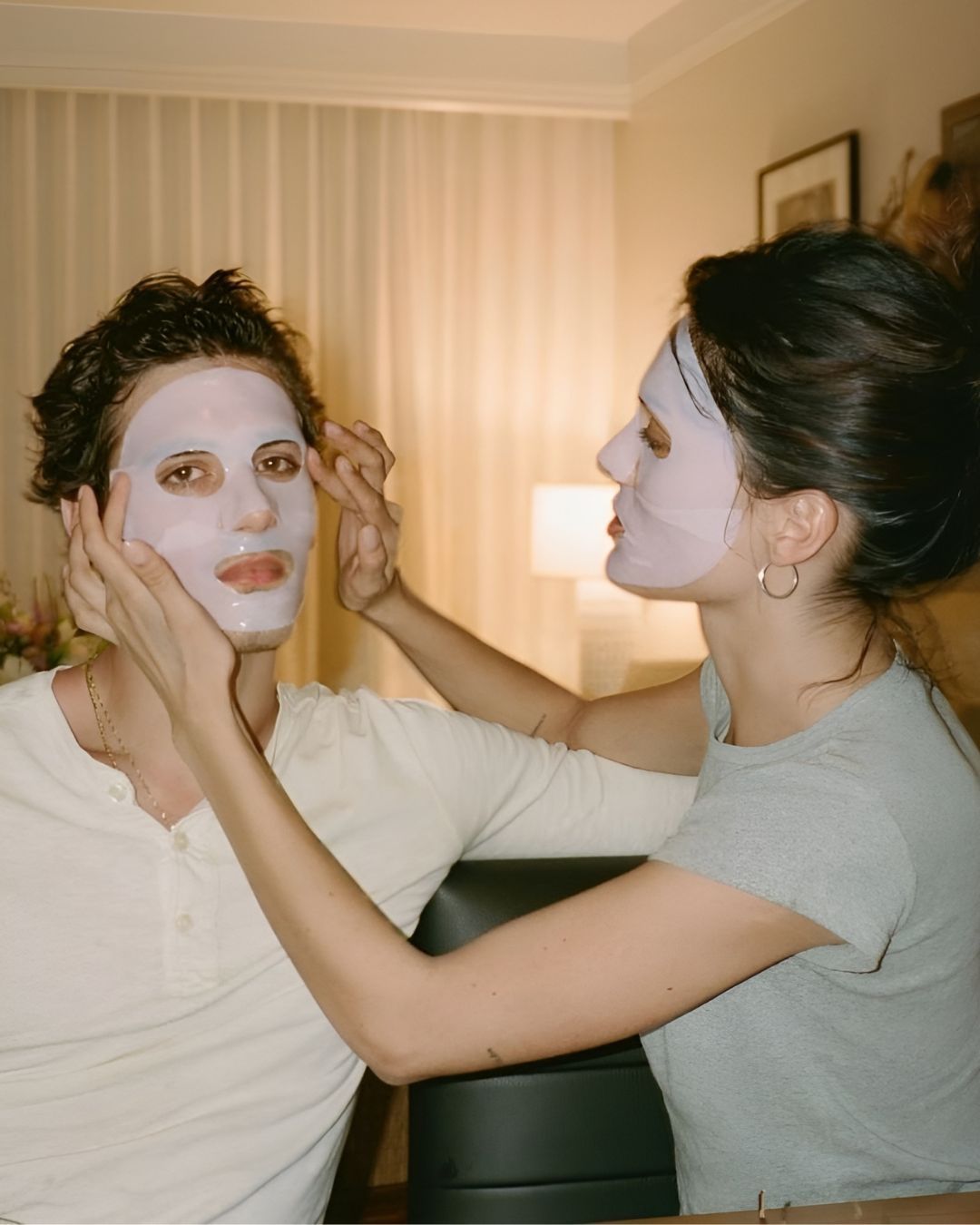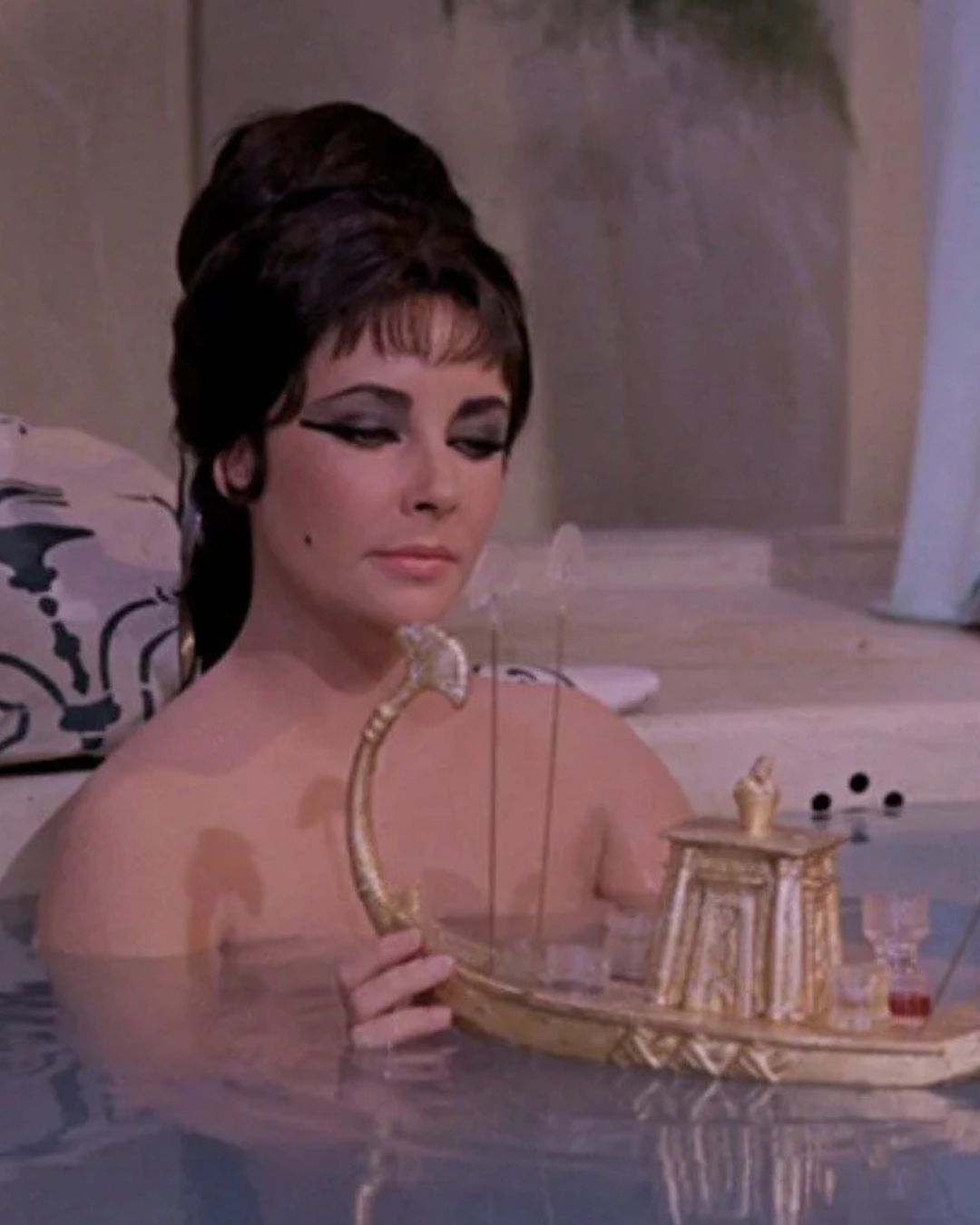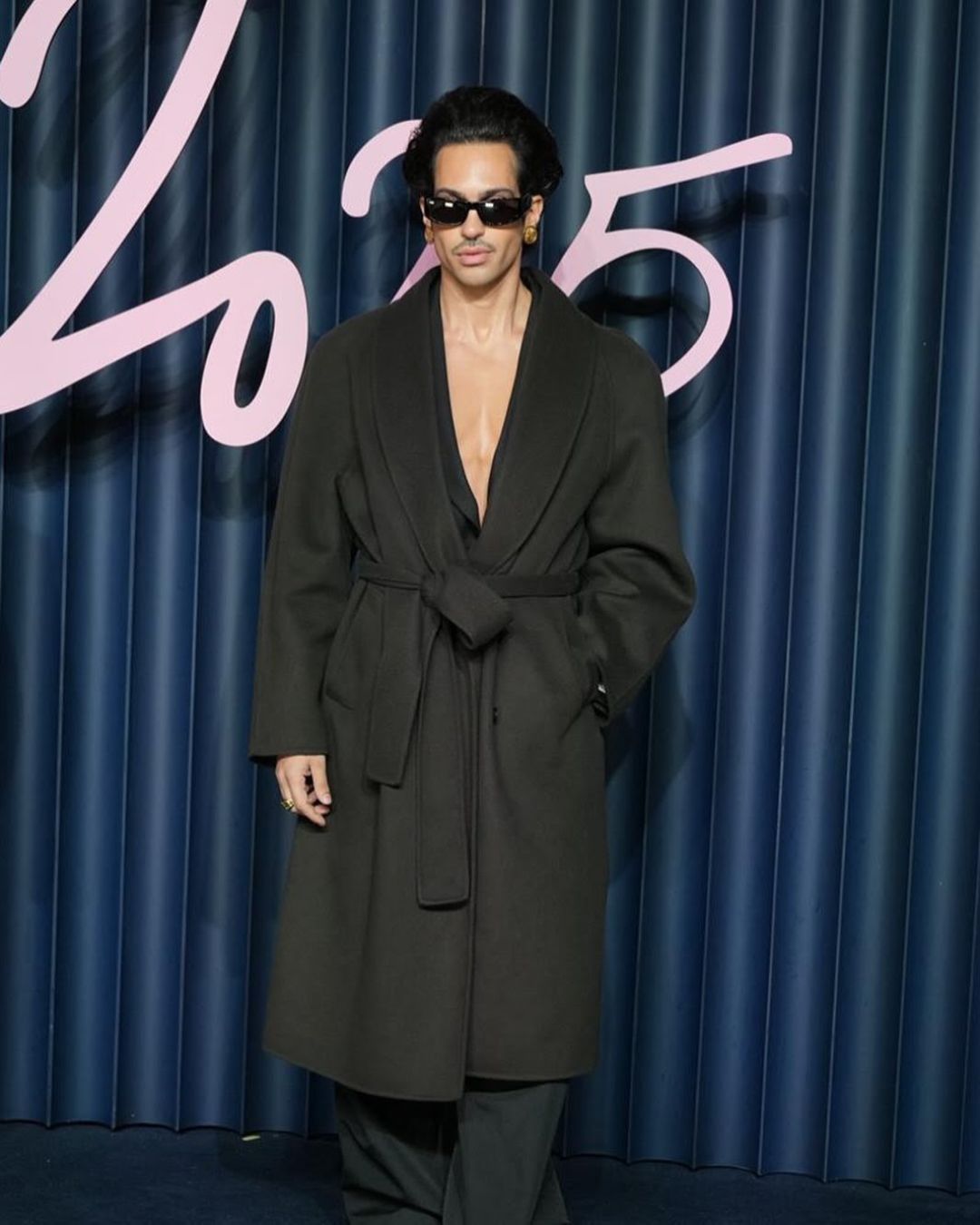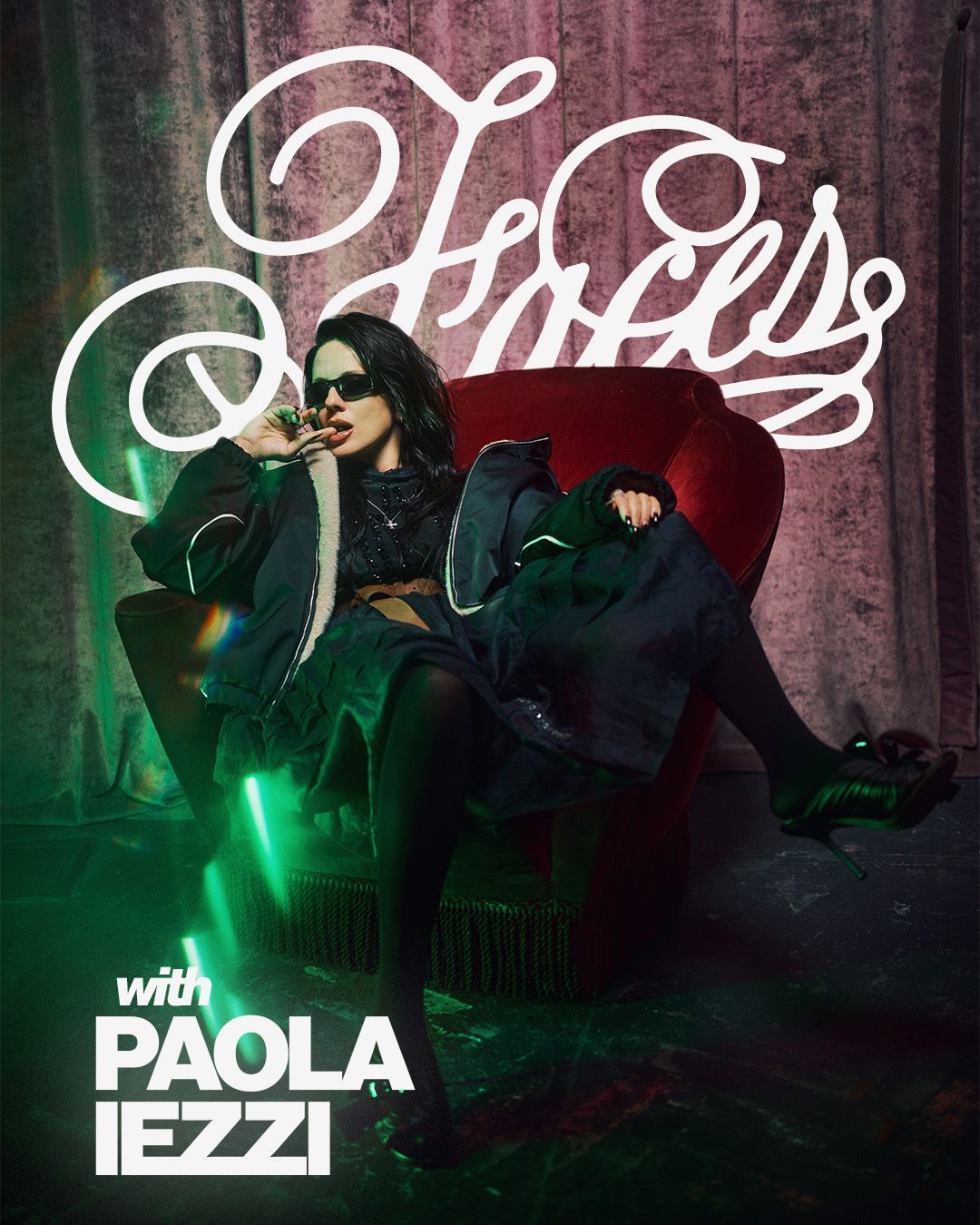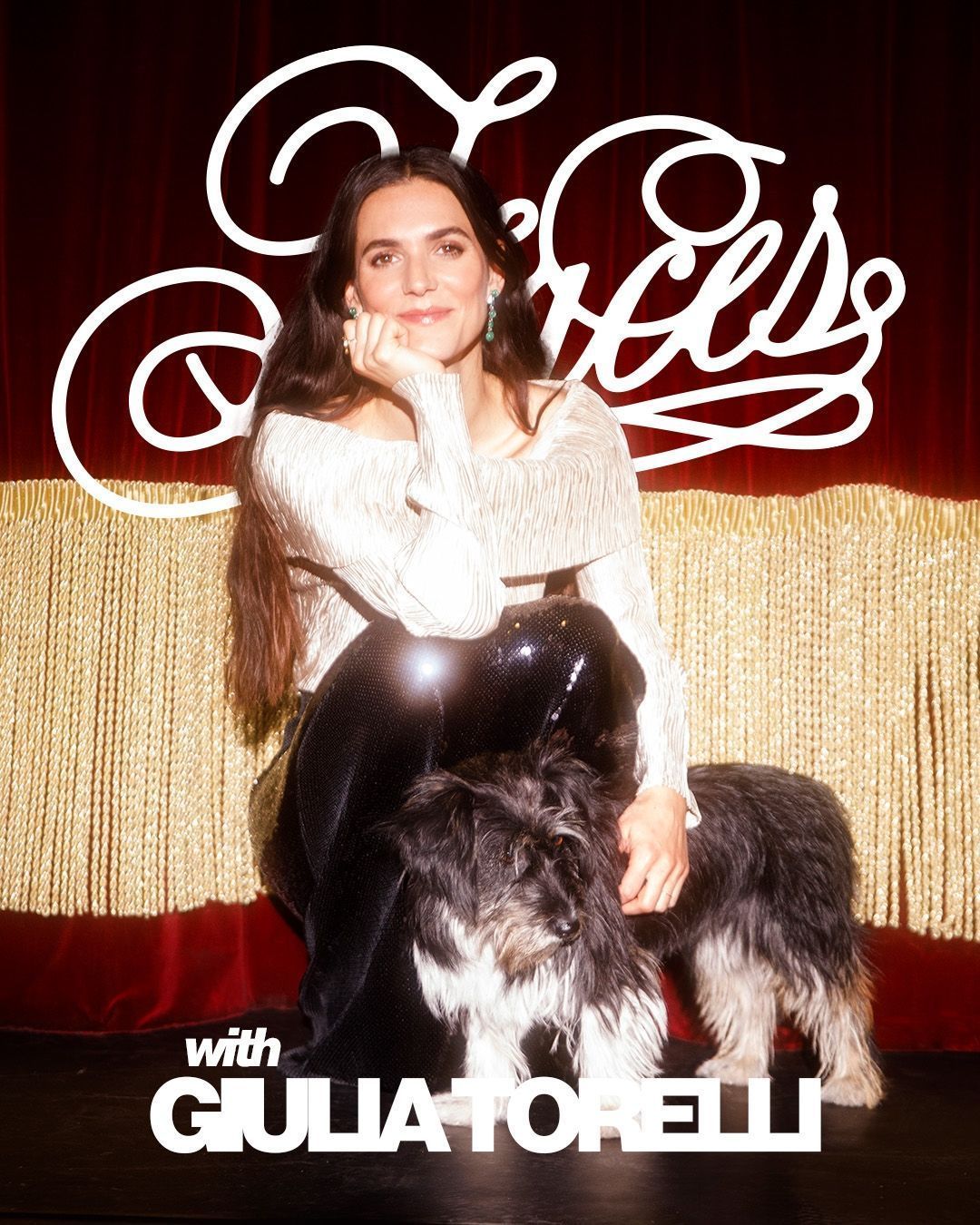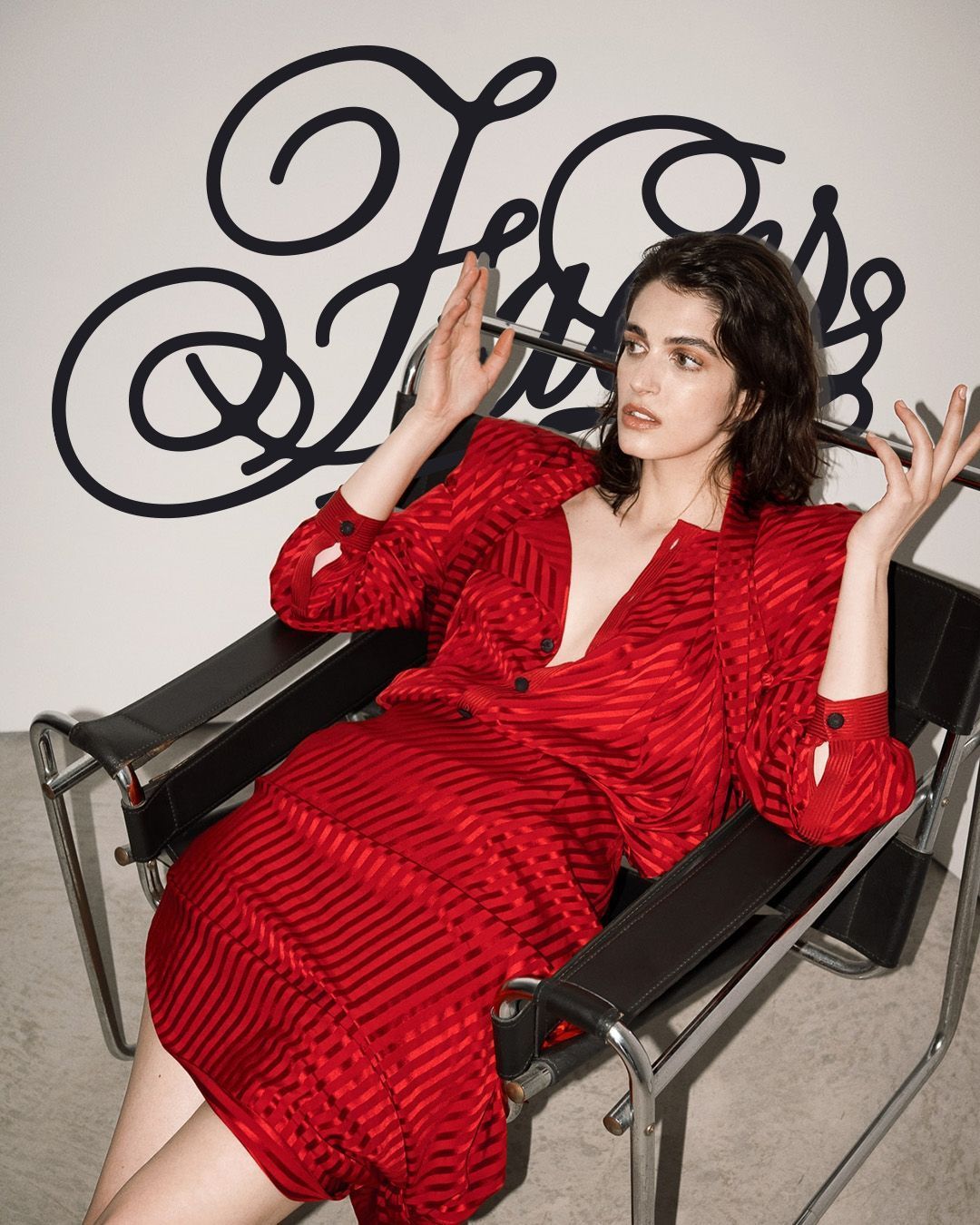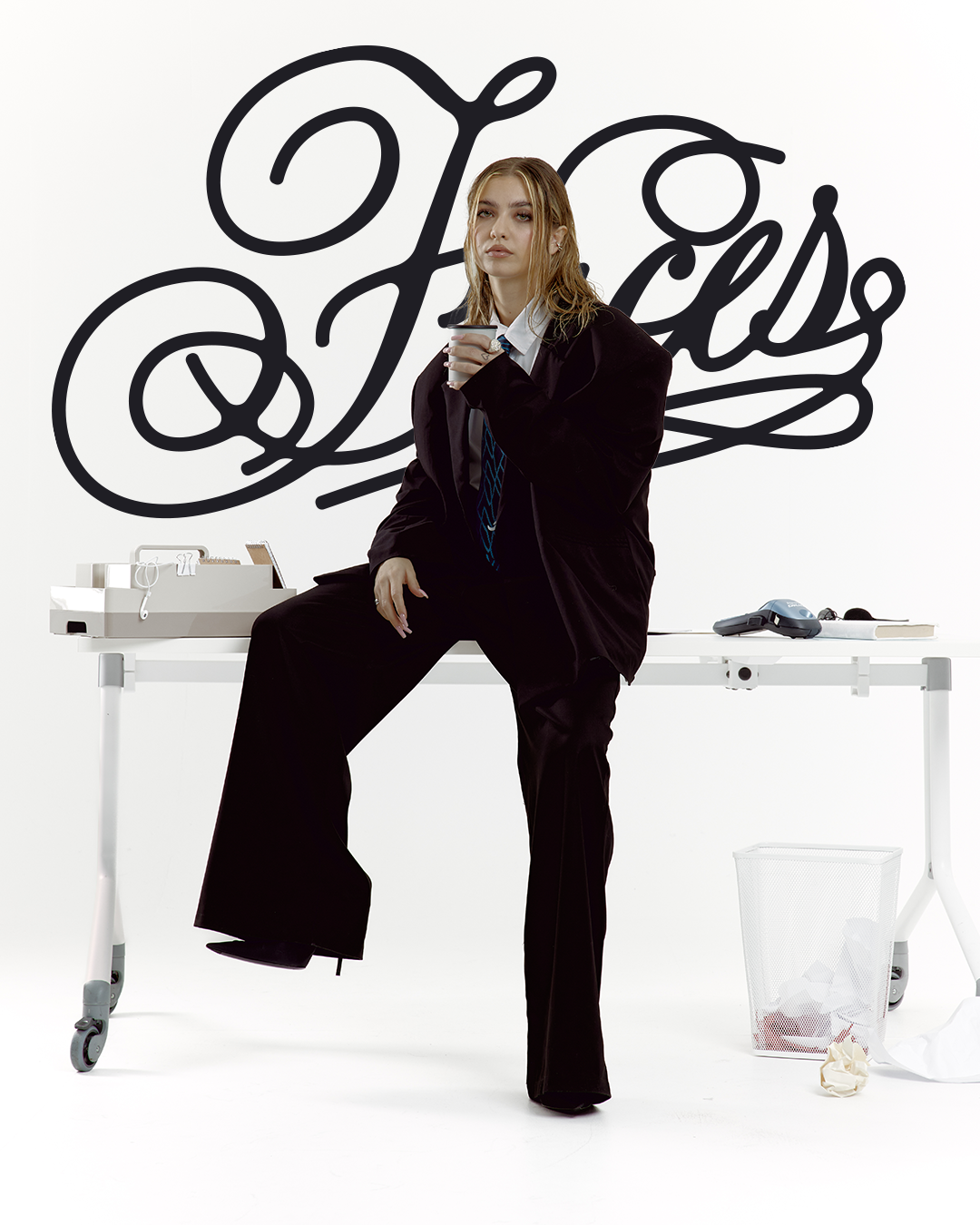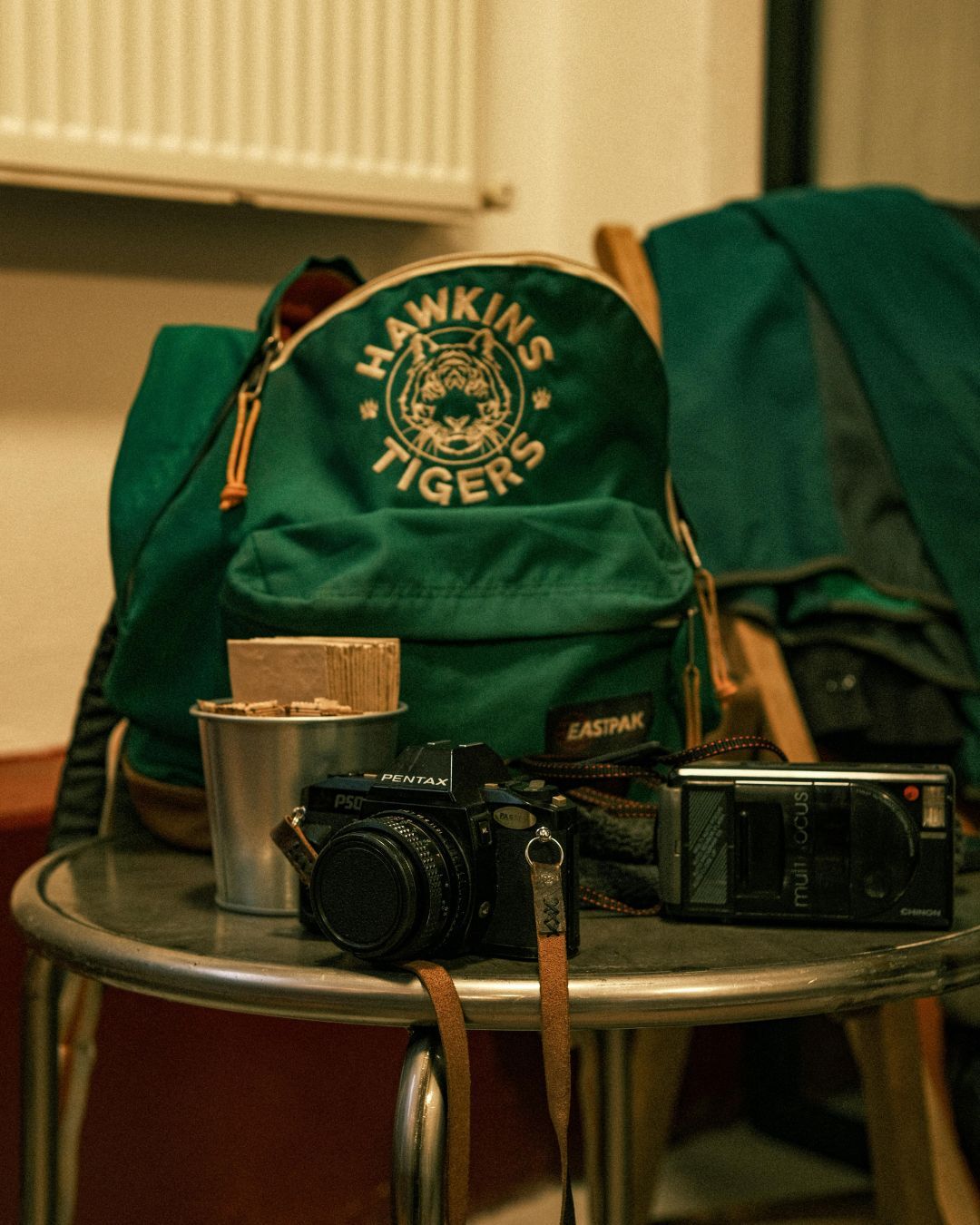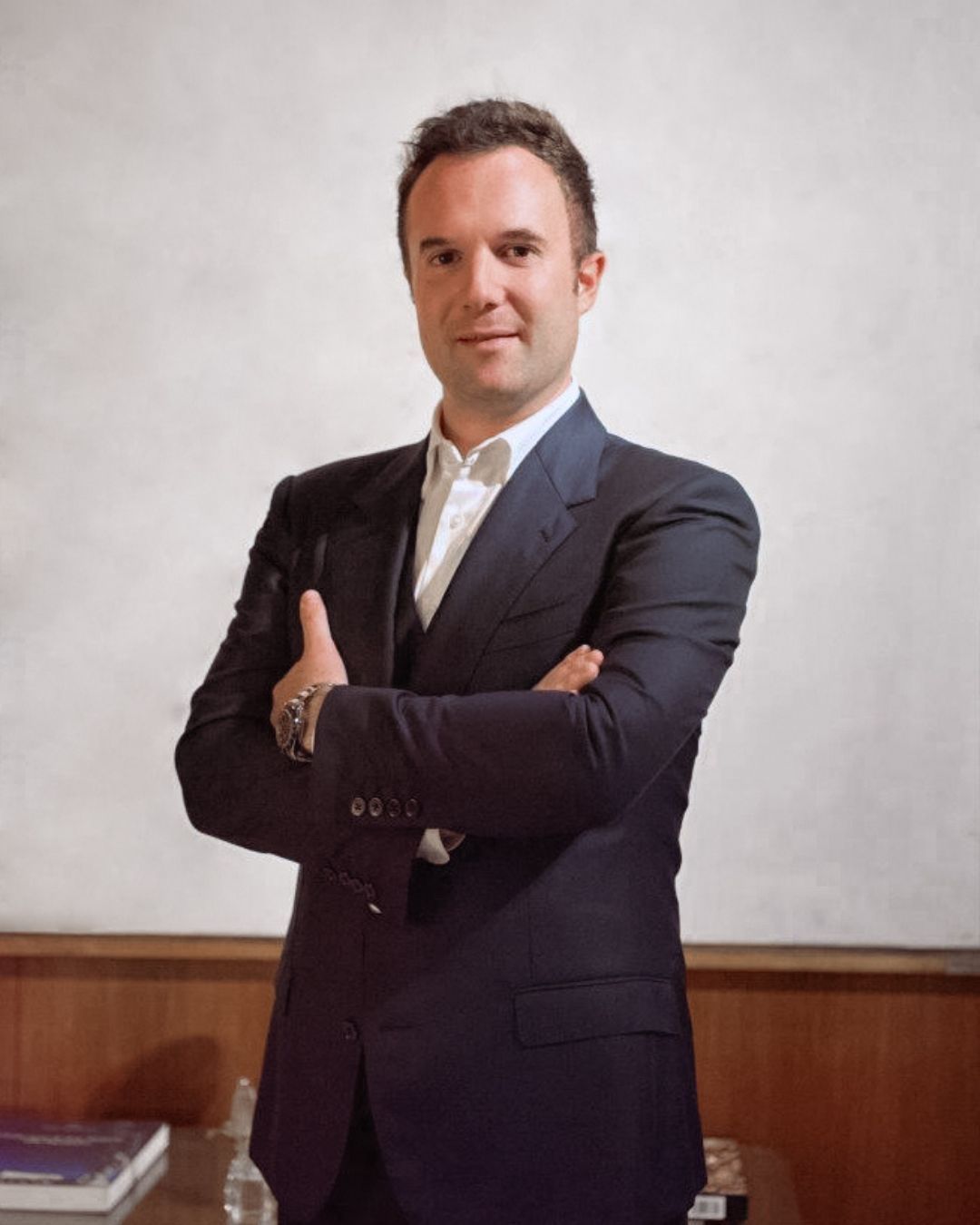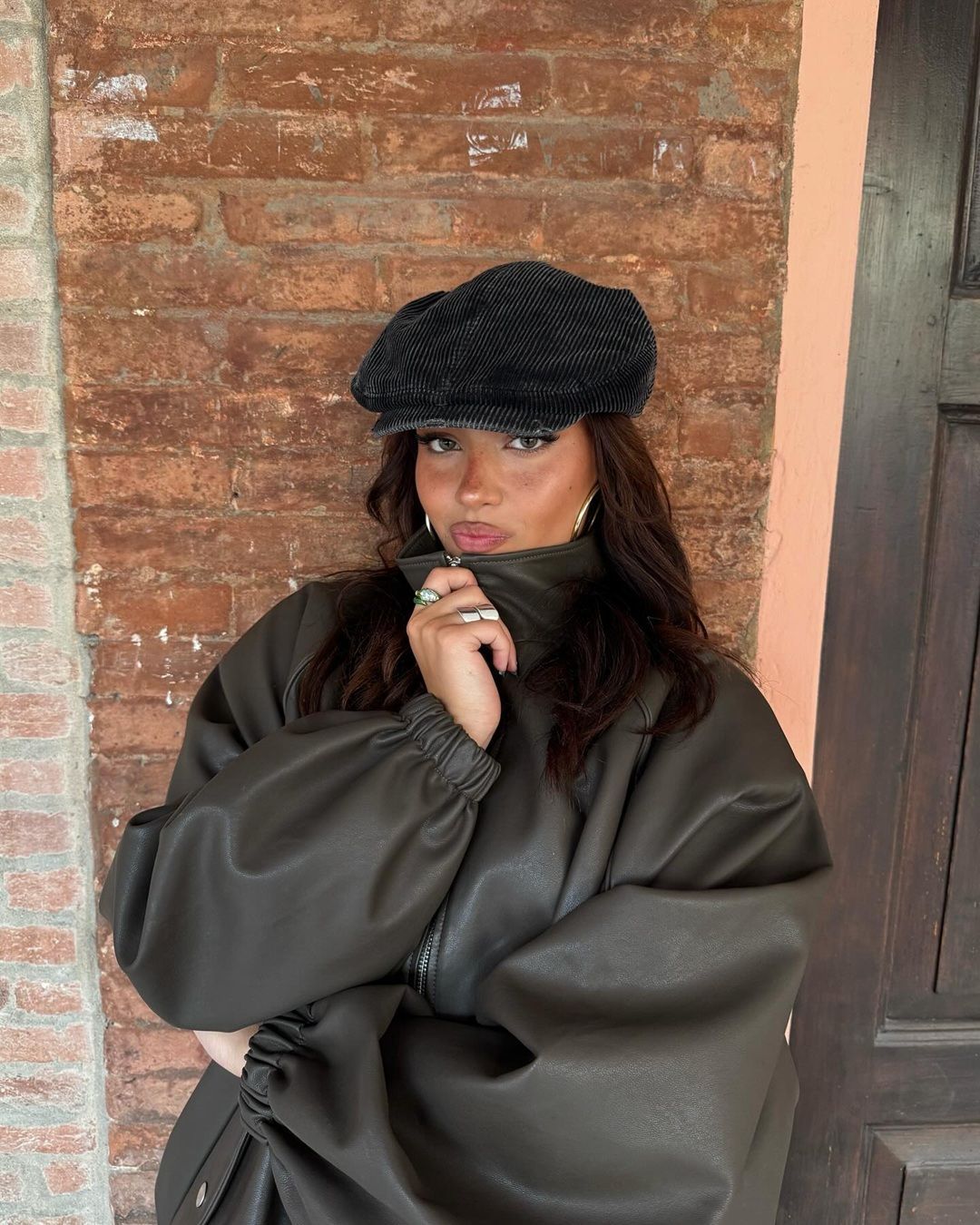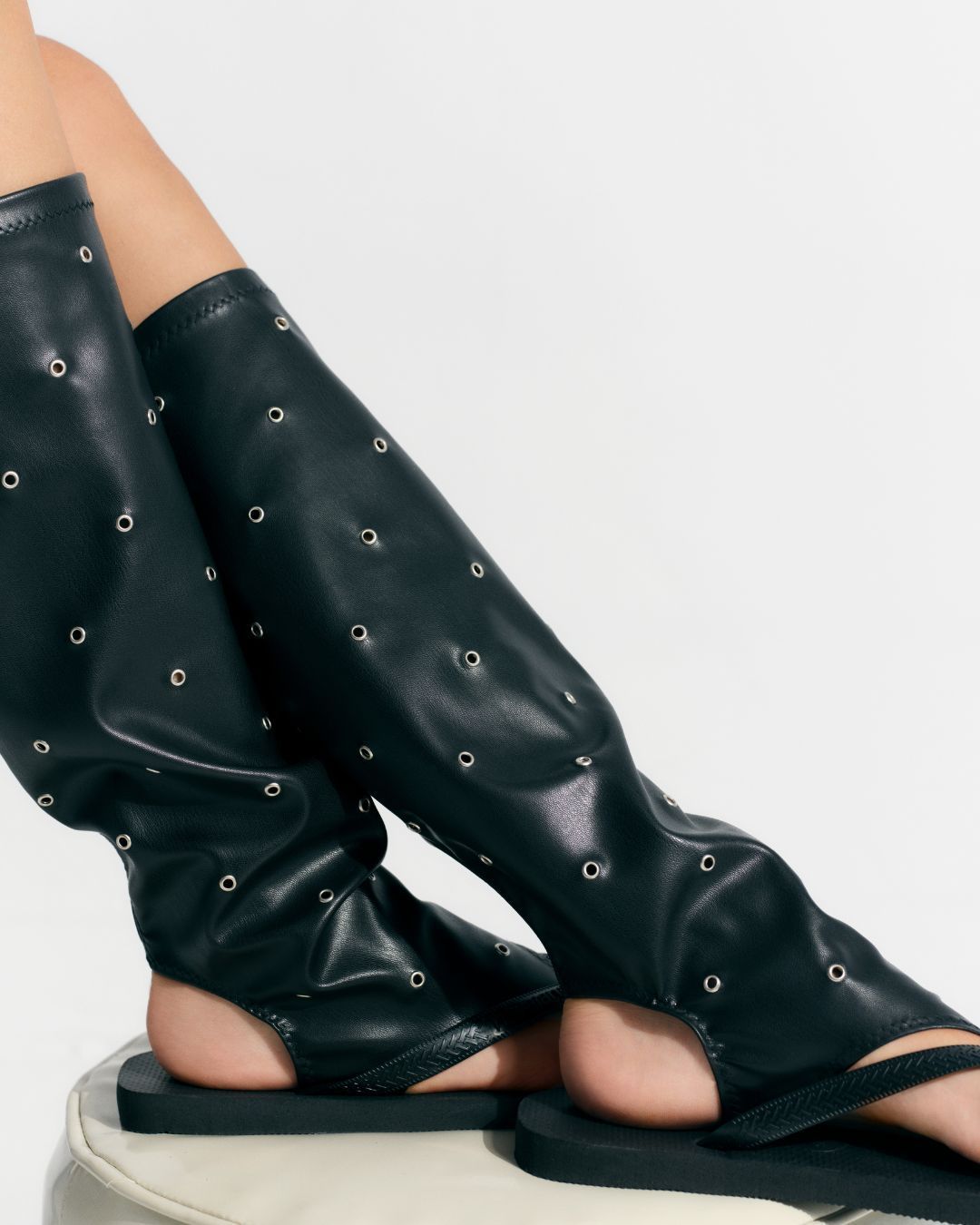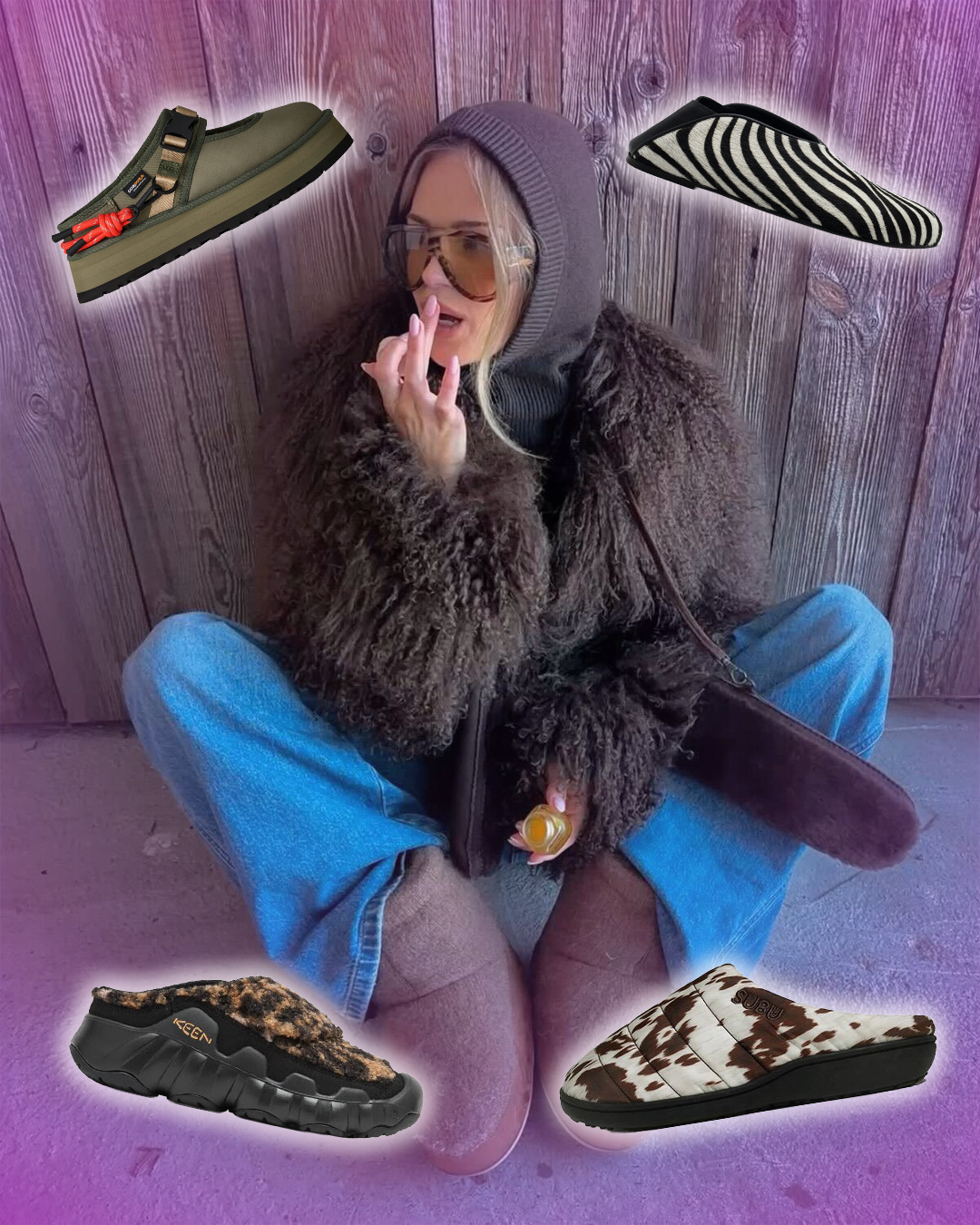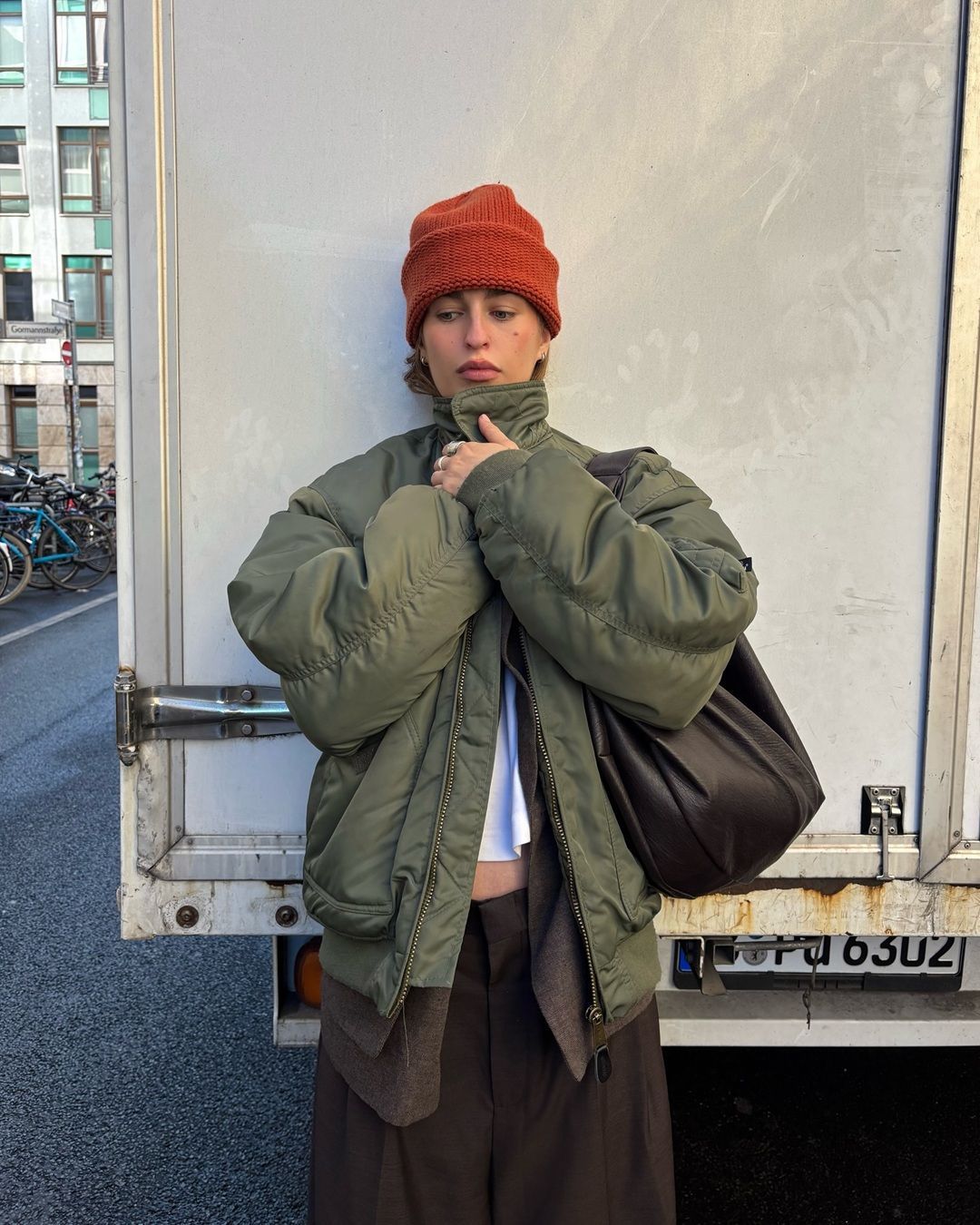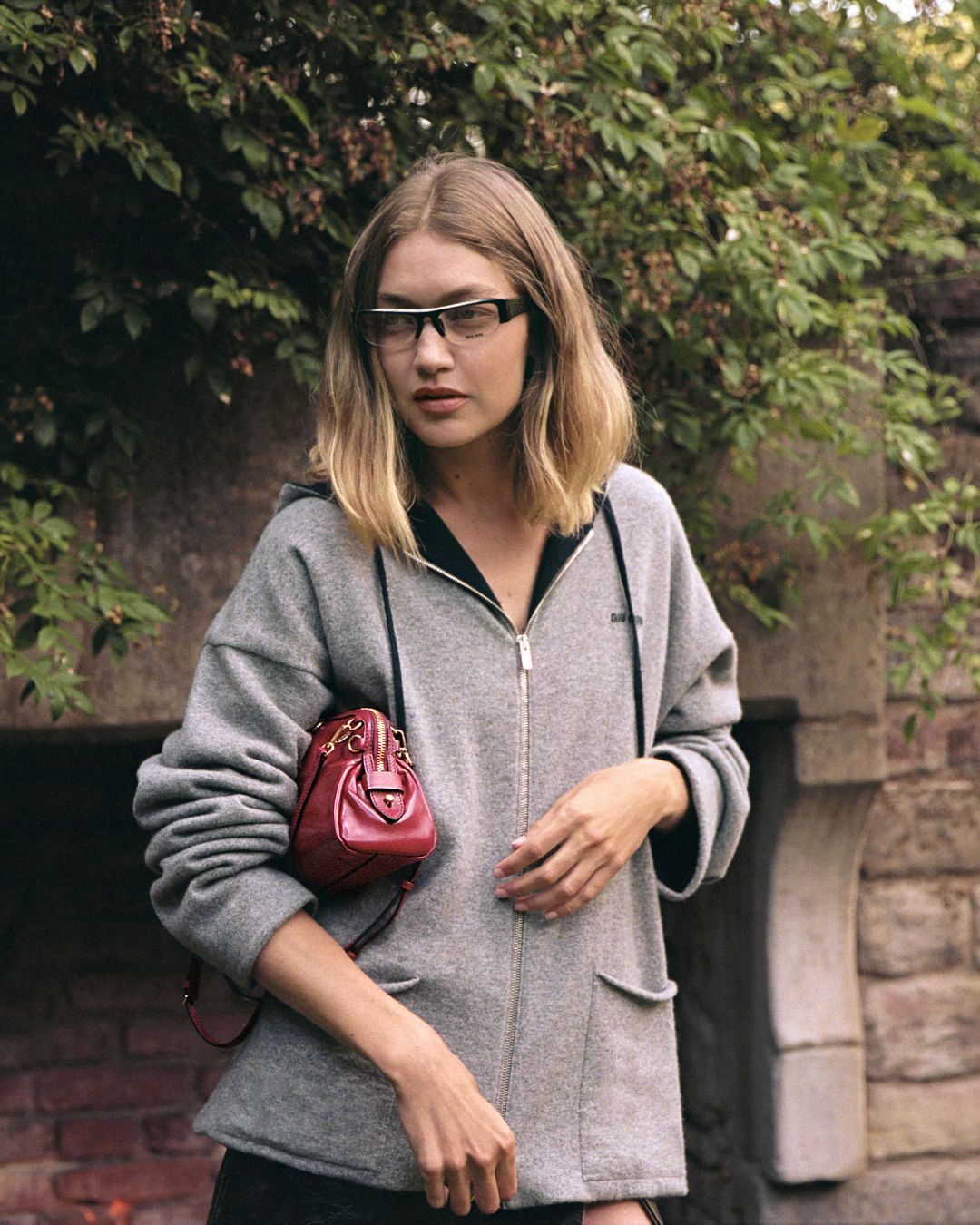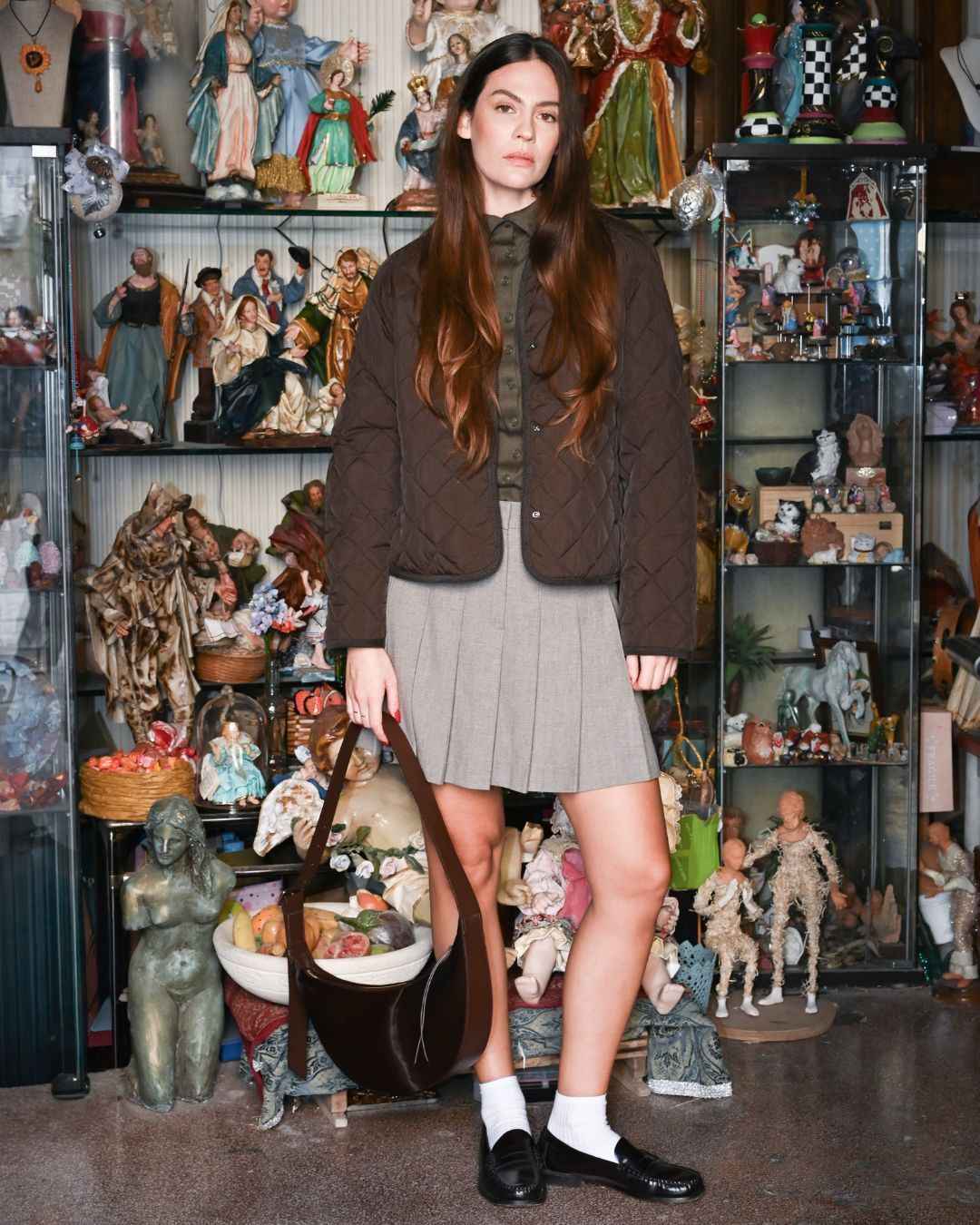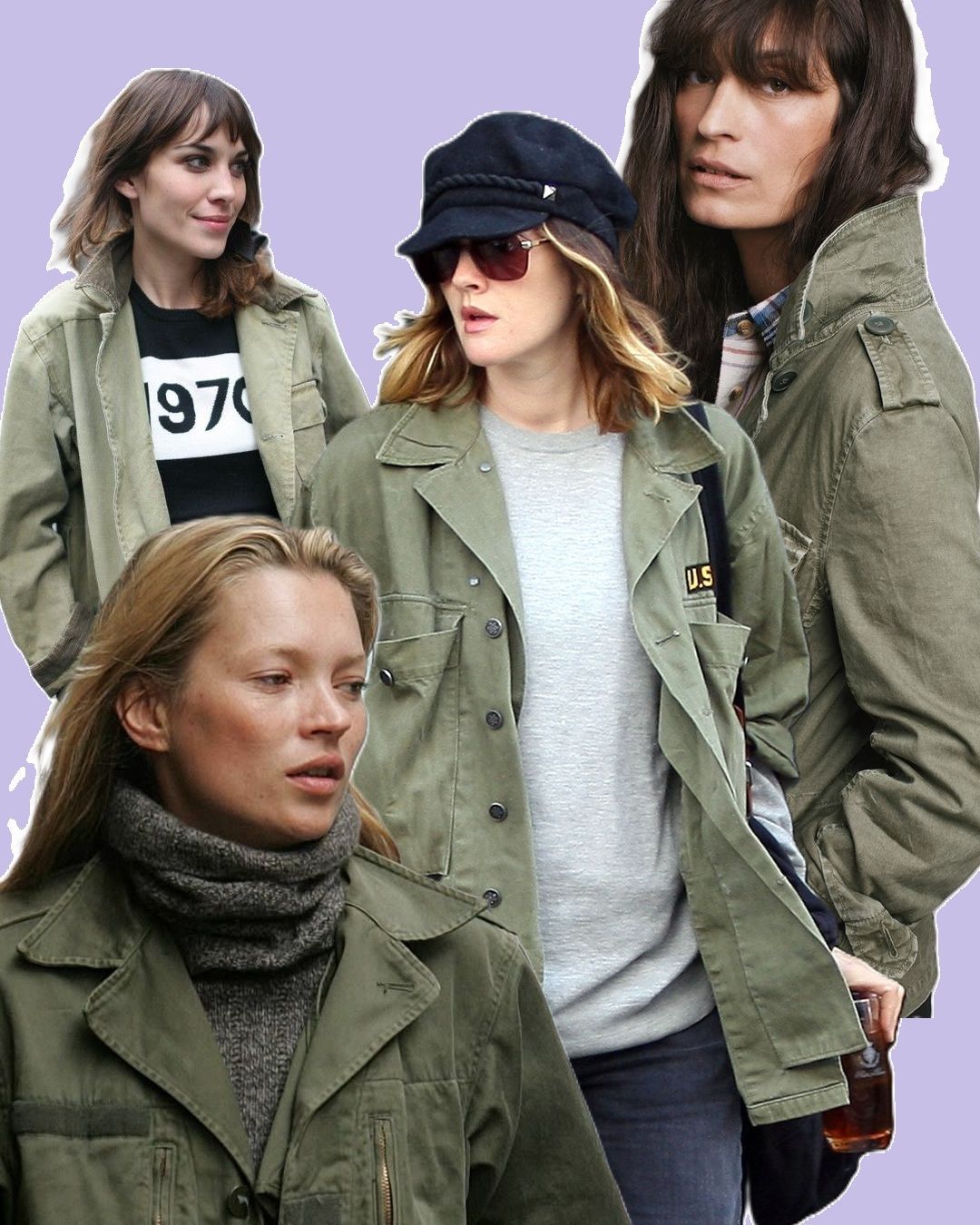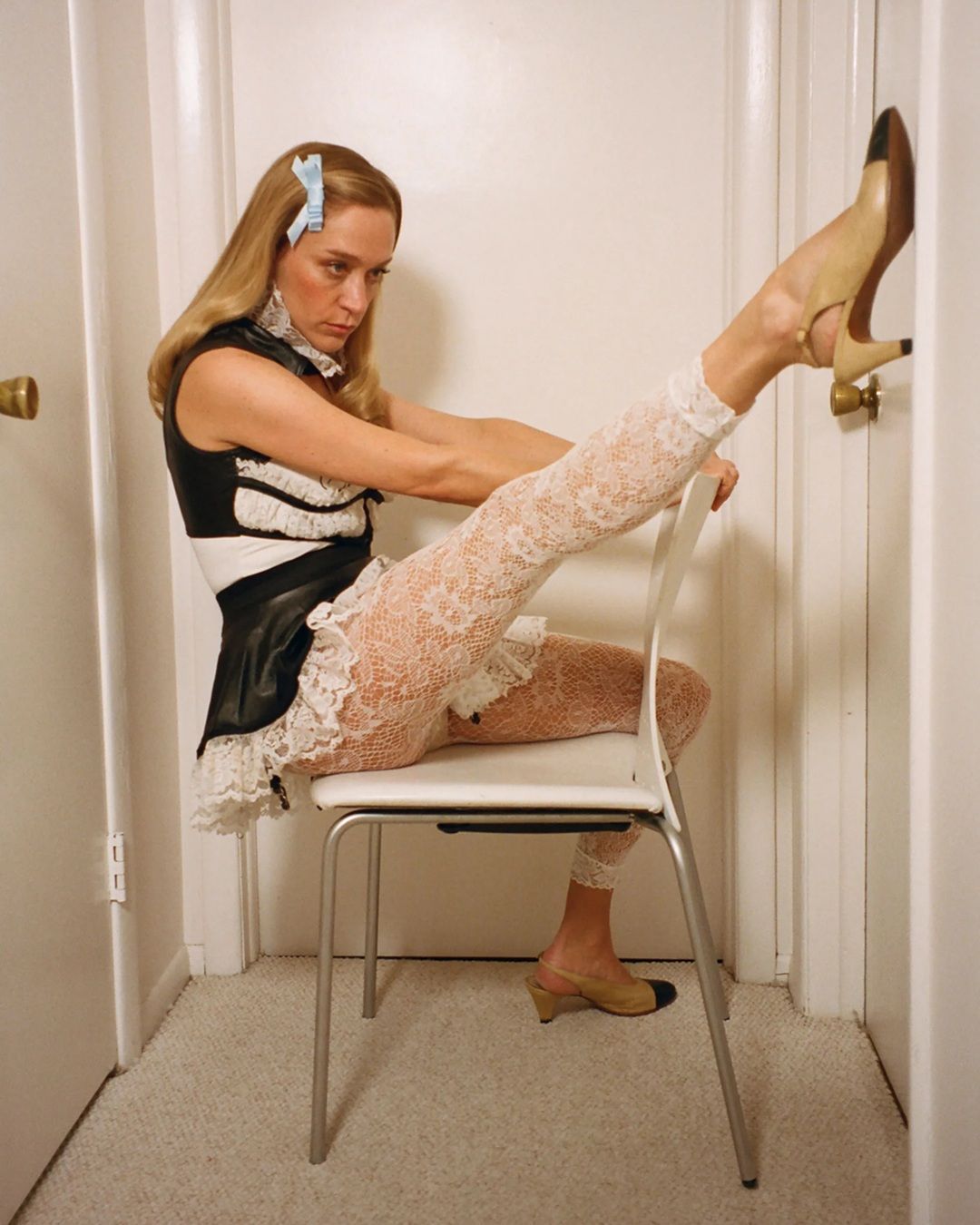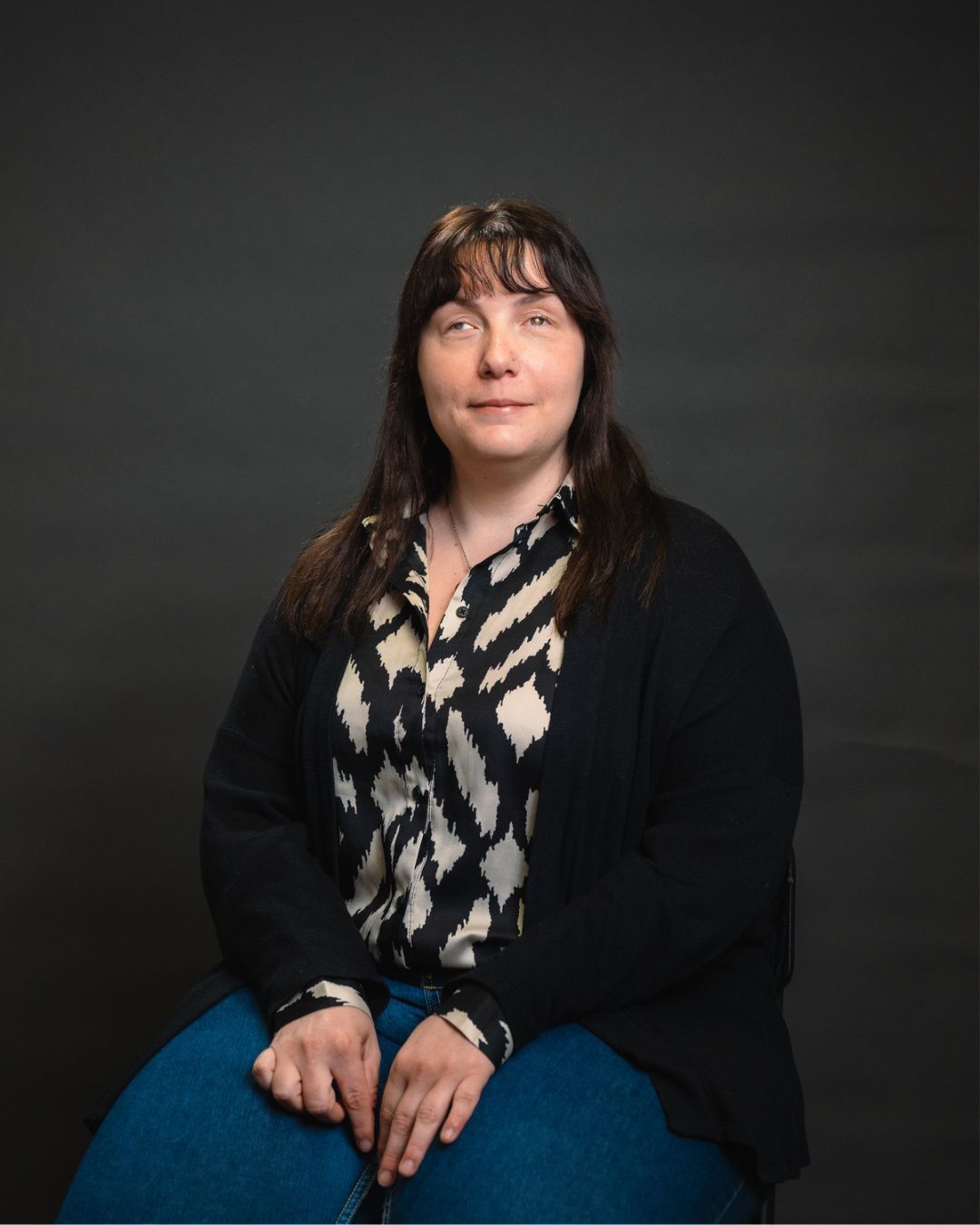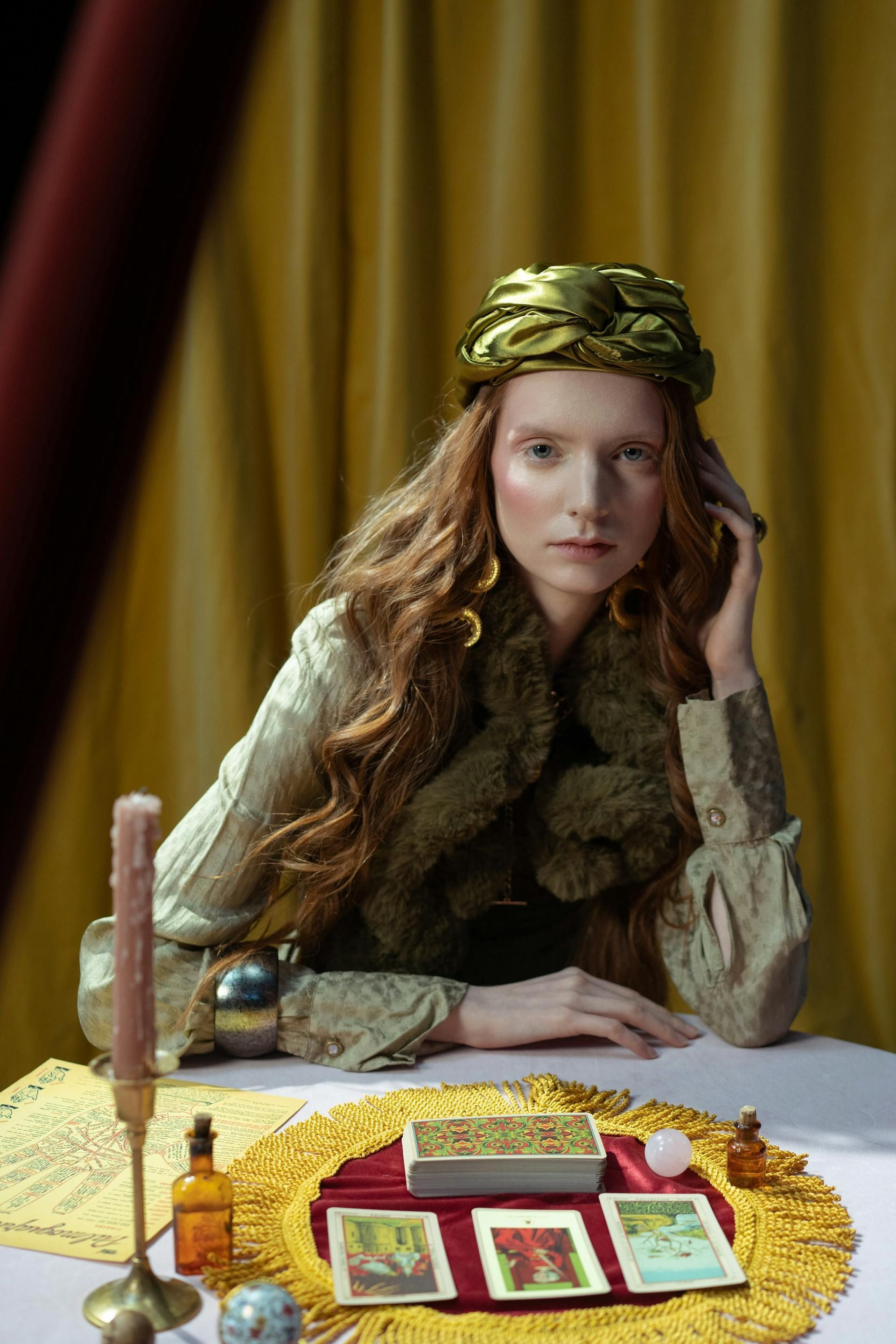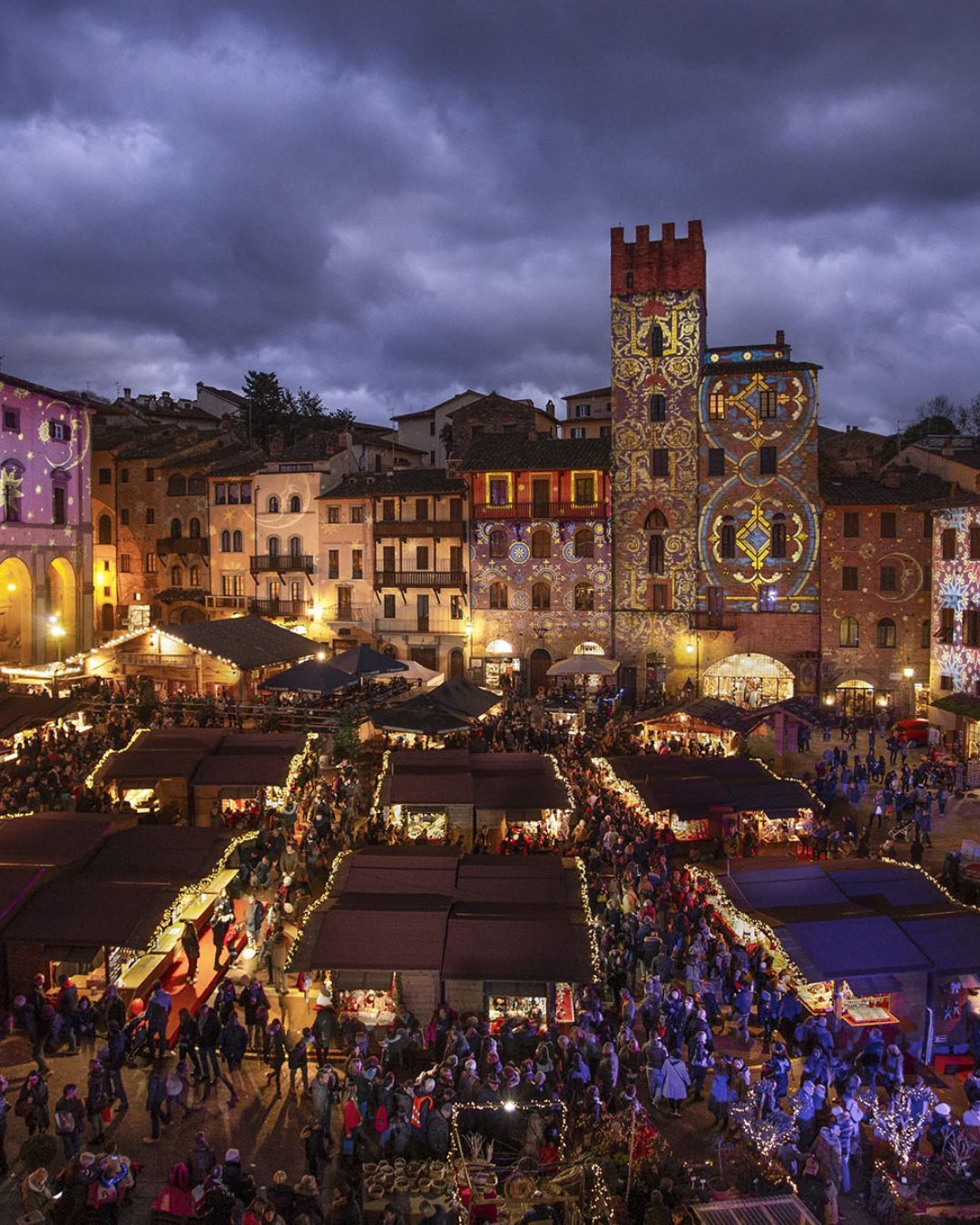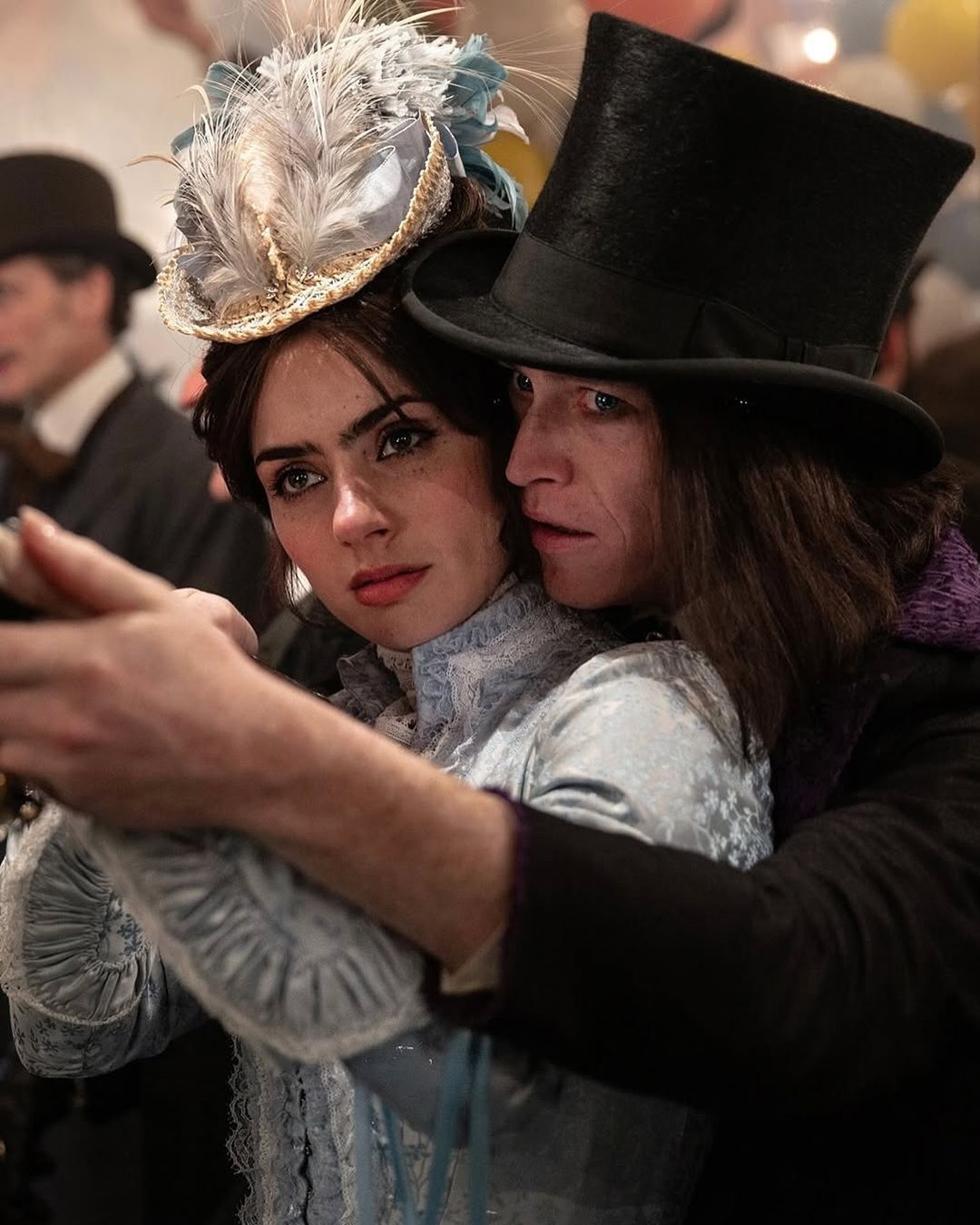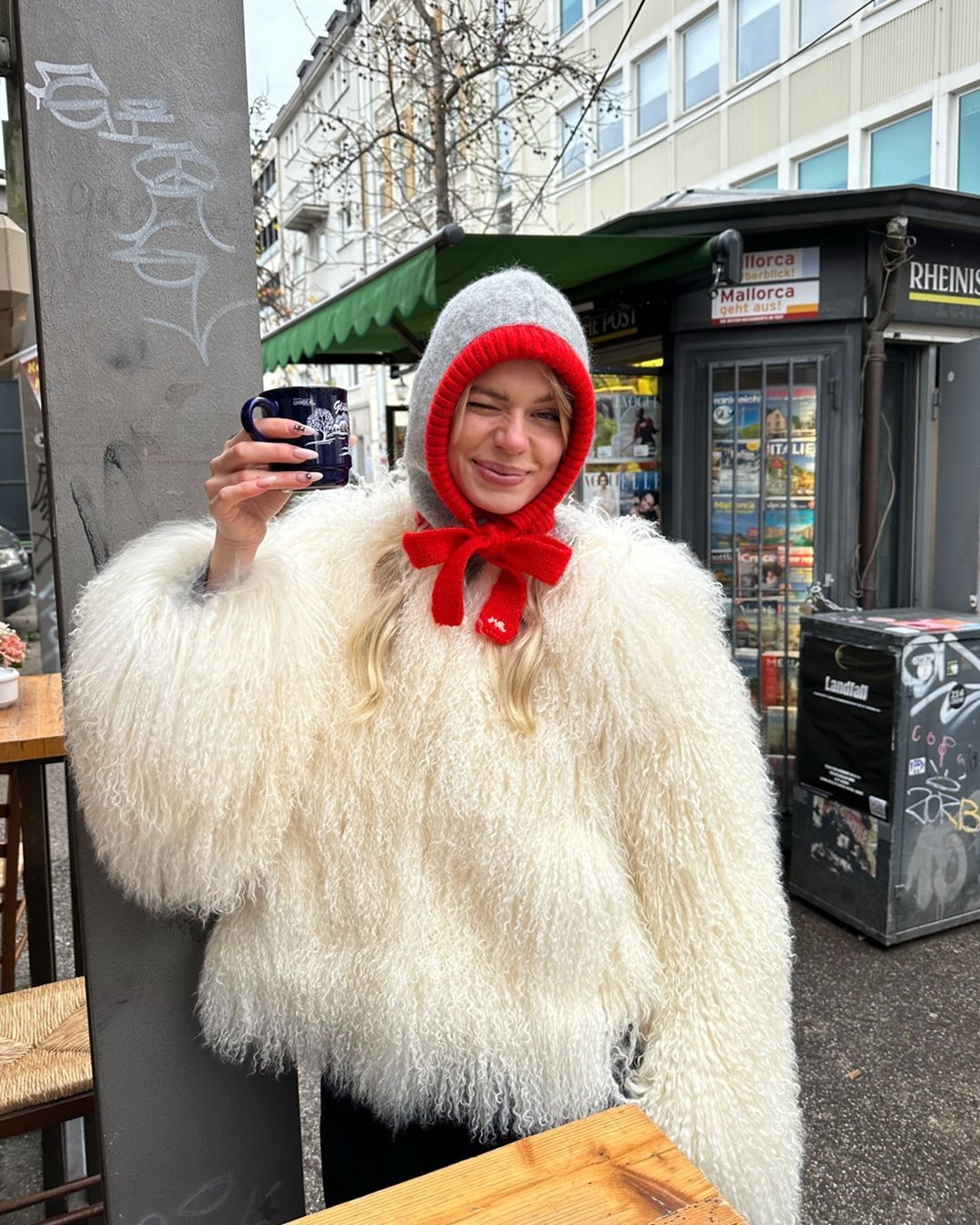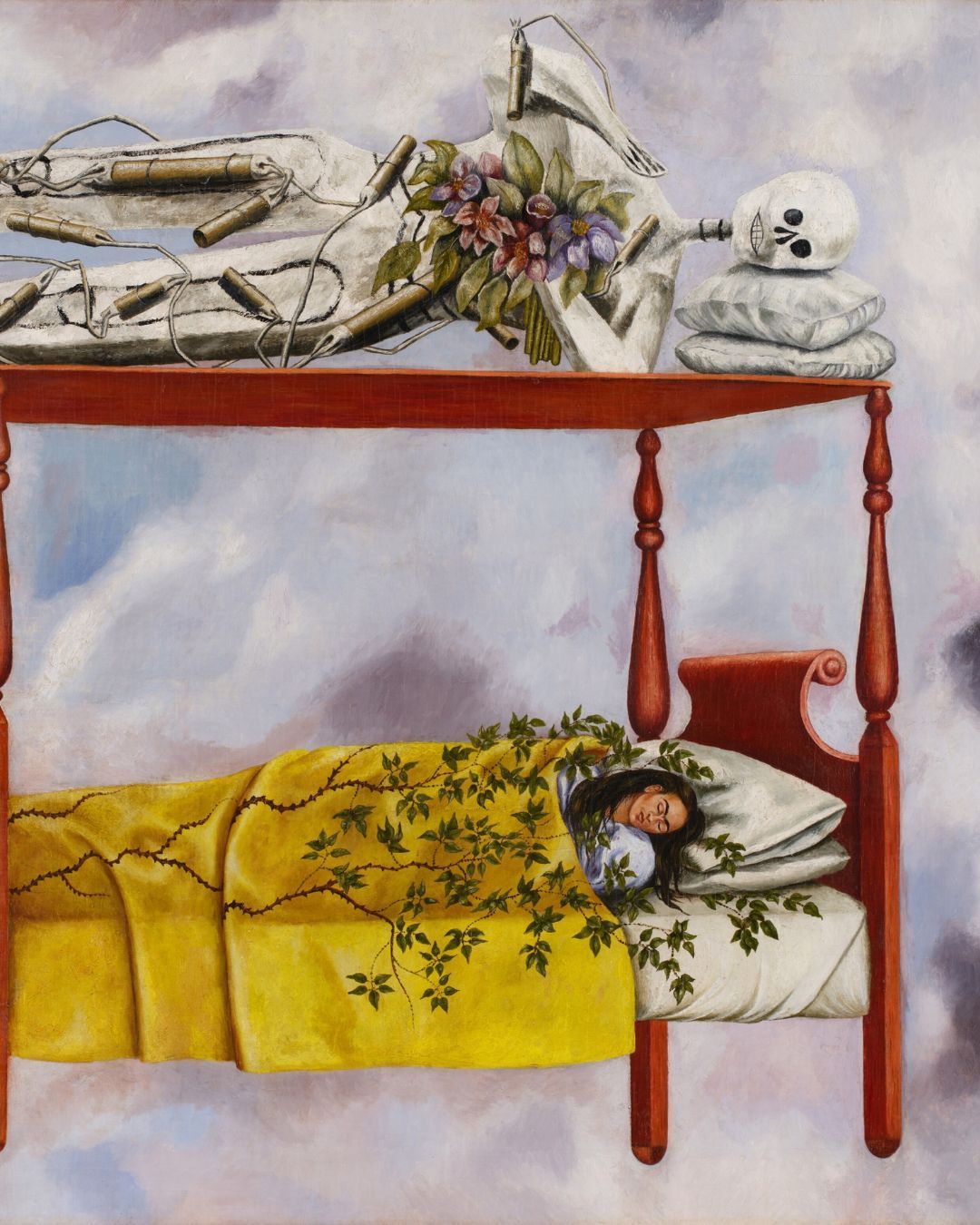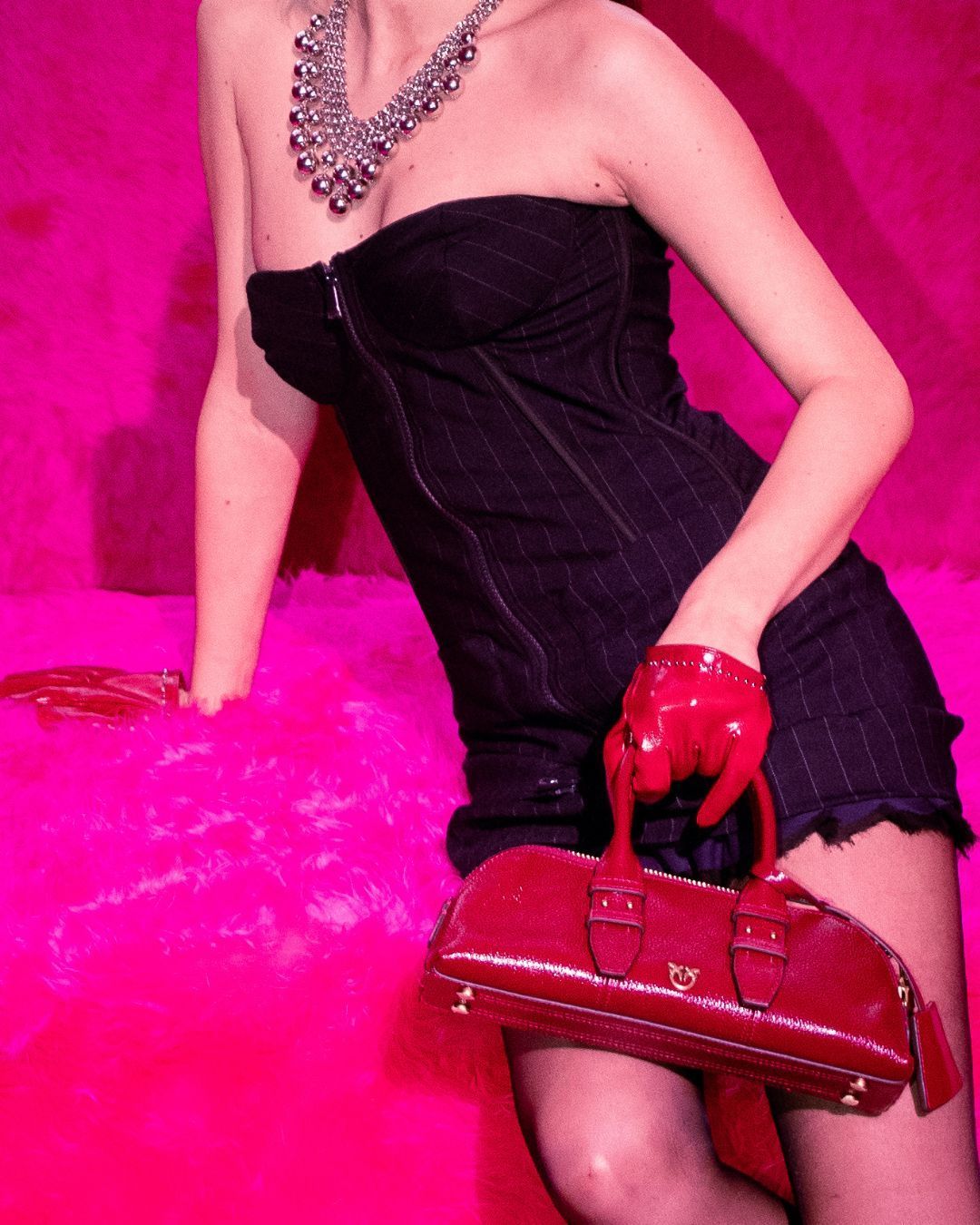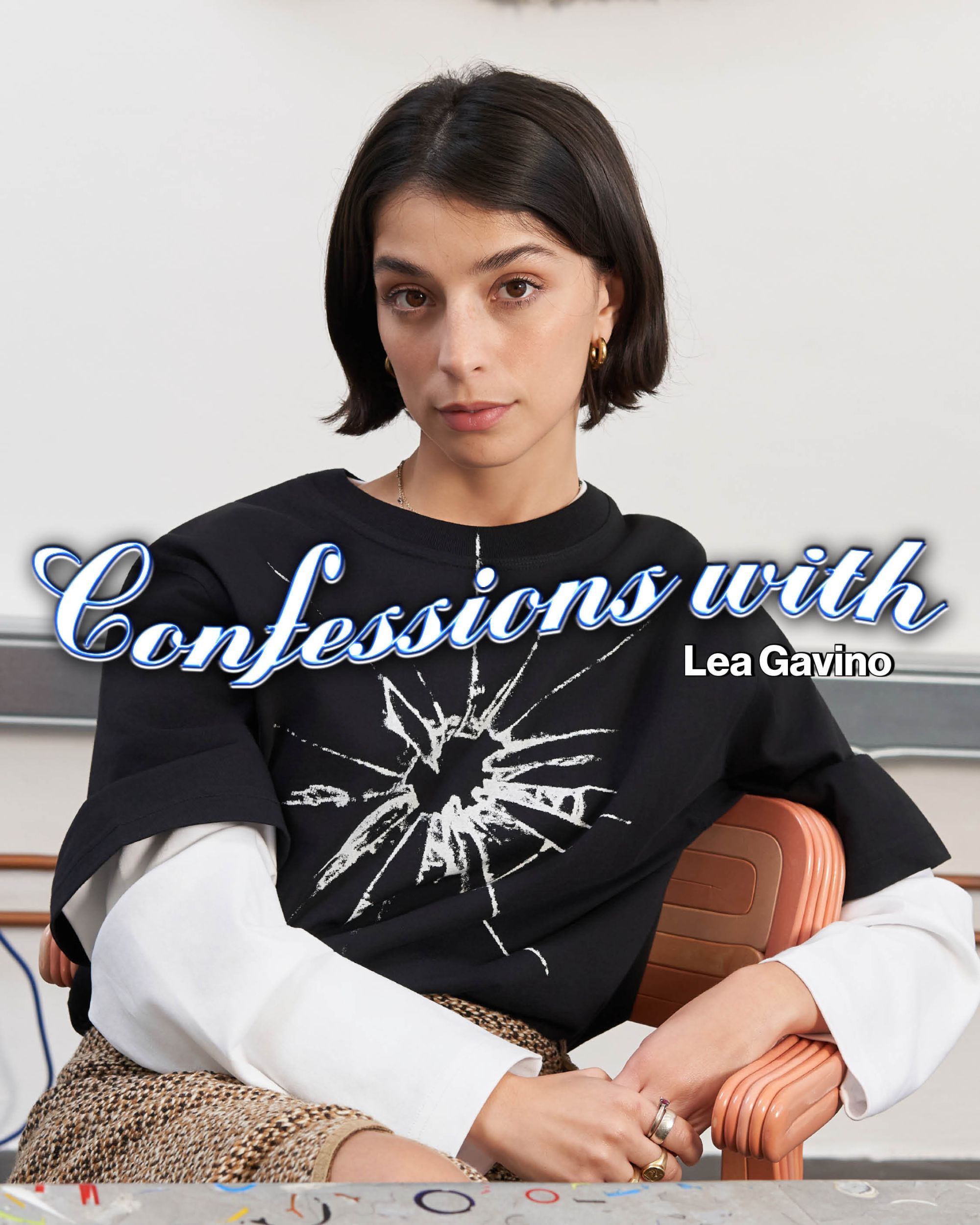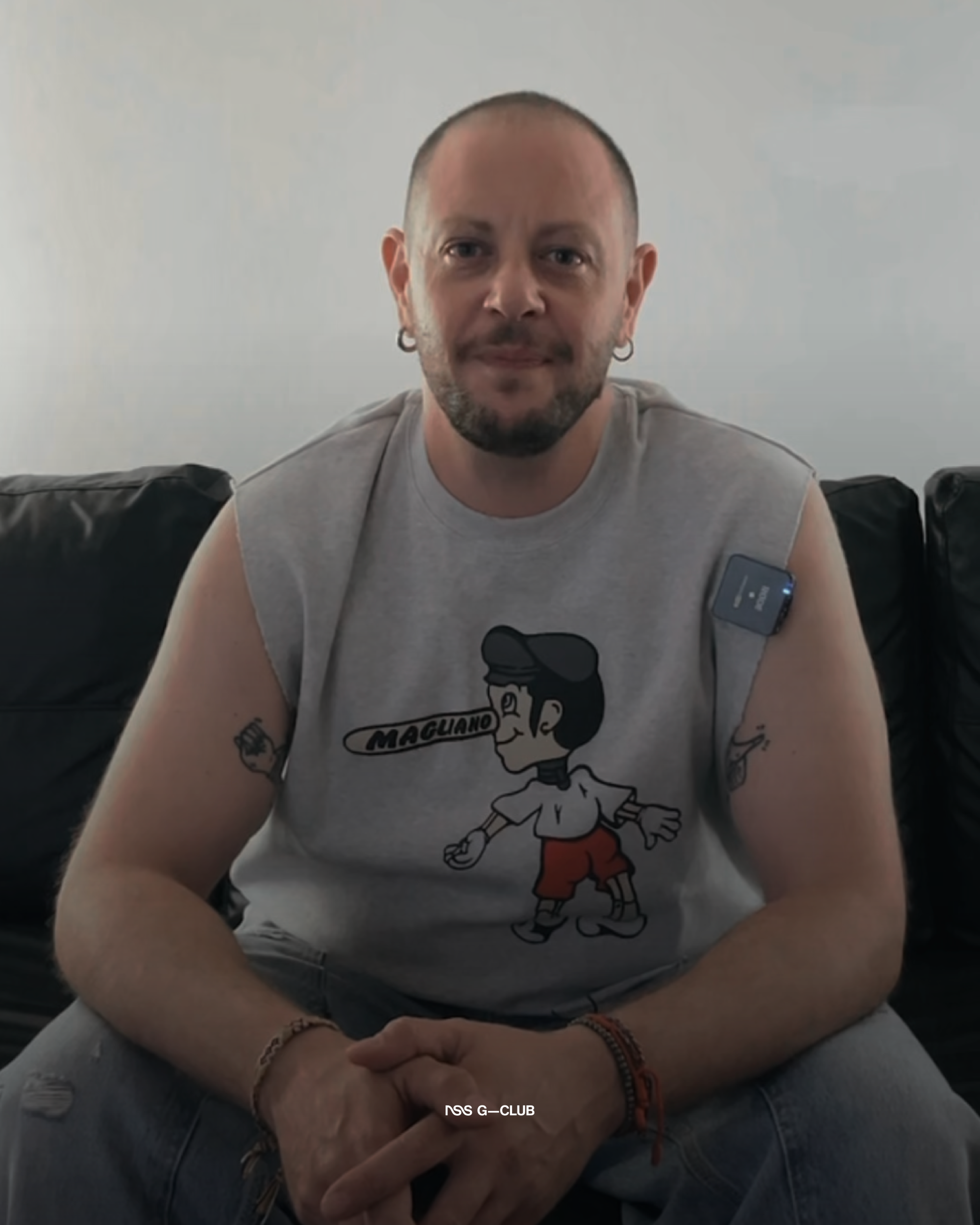
Yuri S. D'Ostuni: "Every body is political" Interview with the artist and art director about art, privilege, community, and masculinity (whatever that means)
After Caterina Fantetti, it’s now Yuri S. D'Ostuni’s turn to be interviewed as part of our partnership with Orgoglio Porta Venezia. Art director, artist and founder of Làme, he shared with us his personal and artistic journey, taking us to Iperspazio in the Romolo area of Milan, home to one of his works. Here’s what he told us, in his own words.
Interview with Yuri S. D'Ostuni, aka Dogyorke
Your work as Dogyorke blends digital imagery, sensuality, glitch and deconstructed bodies. How does the aesthetic you choose reflect (or subvert) dominant narratives around the body and desire?
I'm a creative by trade: I've spent years working as an art director and designer for international omnichannel communication agencies. I’m now freelance, but my aesthetic is undoubtedly influenced not only by art, but also by theatre, performance art, and advertising. Dogyorke has always been something I’ve made time and mental space for - it gave me an escape from the frustration of bad creative pitches for arrogant clients. Dogyorke’s aesthetic is steeped in advertising - I often work by blending different media and outputs, from drawing on paper or walls to immersive storytelling where I handle everything from visuals to sound to script. These are perceptual experiments, using techniques from art direction, visual and graphic design.
For 17L, for instance, I used the "rubamatik" technique, searching with keywords like “queer, trans, monster, horror, fashion, iconic, alien” on stock image and video banks. I included frames from my upcoming documentary IMAGO and some of my drawings, then edited, retouched, and added music. While looking for queer or anti-ableist visuals and sounds, I discovered that the search keywords provided by the platforms were often terrible, so I let things flow. The construction isn’t always linear or intentional. I usually only understand what I was truly trying to say when I finish a piece. I've never felt at ease with canonical representations, since my characters are often humanoid animals.
For years I thought Dogyorke was just an acronym or an artist name. But over time I realized it was much more—a genuine existential quest. Today, I can clearly say it’s the closest thing to my higher self. Creating as Dogyorke means healing and alchemizing. Discovering what hurt me, what excites me, what makes me angry. Images, sounds, voices that became the message. The public calls them “works,” but for me, they are much more. Dogyorke was born with me, guiding my inner child, Simona, toward my adult self, Yuri. It created a private, safe space where these two essential parts of me could meet, clash, and generate something new. It allowed me to be visible even when my body couldn’t be. My soul, in a sense, rebelled against my analytical mind and orchestrated a form of sabotage, soft, but incredibly powerful. Dogyorke is a critical consciousness. A spiritual, political, ethical, and pioneering compass. I’m not sure I’ve truly answered your question, but if you see digital imagery, sensuality, glitch, and deconstructed bodies, thank you. That’s exactly what I hope people perceive. Along with gut punches, discomfort, and a push out of the comfort zone.
Sometimes there’s relief, but more often it’s a dense, profound visual world that must remain that way. My research speaks to the values that contemporary society and the capitalist machine are trying to erase. In other words: it speaks about us. Every body is political. And any body that reaches a state of love, safety, joy, and connection becomes a threat to this system. Minorities aren’t supported precisely because they represent bodies transformed by pain. Bodies that evolve in uncomfortable spaces, where no privileges protect them. My work is often dark, with alchemical tones, because it speaks of this. Each piece starts with an intuition. Then it becomes a clear intention, a question, a possible answer. It’s a form of magic, ancient and real. It’s always been done this way, we’ve just forgotten.
Dogyorke was born and thrives in self-managed social spaces in Rome, Bologna, Milan, Naples. First and foremost, Forte Prenestino, during several editions of Crack Festival!—with Mp5, Valerio Bindi, and many artists and illustrators. There was always music and performance art. These were the early years of discussing queerness within antagonistic spaces, and believe me, it wasn’t easy. With To/Let and MP5, I learned to paint on walls and paste posters! You never forget your first love. And then came queer families like Industria Indipendente, Sara Leghissa, Annamaria Ajmone, Anna Ciammitti, F. De Isabella, Giorgia Nardin, Tomboys Don’t Cry, Dajana Champ, Giulia Valicelli, Andrea Bonfini and many more independent and talented artists whom I admire deeply. In Naples, "Scugnizzo Liberato" hosted a mural of mine and a stop on my traveling project GOOD CLUBBING CAN’T DIE, a mini-guide on how to experience party spaces more consciously, freeing oneself from the toxic masculinity that lives within us all. There are many other social spaces, associations, and groups I’ve collaborated with—Macao, Leoncavallo, Kinlab—you’ll find some of them on my website or Instagram, now that I’ve chosen to make this side public. But there are many I’m not mentioning here, and I apologize. Without them, neither Yuri, nor Dogyorke, nor the budding curatorial project of Làme would exist. I’ve also exhibited and designed as Dogyorke in galleries and institutional spaces (Otto Zoo Gallery, Piccolo Teatro for MIX Festival, Fabbrica del Vapore, Centrale Fies). Everything is a tool to deliver a message.
The world today is not accessible, let alone our inner spaces. That’s why I care so deeply about this research. Because it is my survival. It’s my act of love toward myself, and I always hope it sheds light on dark places for as many people as possible. This journey symbolizes courage, determination, self-control, and inner strength: it reflects the ability to overcome difficulties through one’s own spirit and wisdom while remaining fragile, gentle, and vulnerable.
What does it mean to you to explore masculinity in 2025? What remains, what transforms, and what is lost in the shift from imposed virility to chosen vulnerability?
I’m 41 years old and eight years into my transition. I believe we all carry within us an energy of action, what society labels "masculinity, and one of reception, which it calls "femininity." It’s absurd to me that there are internal and external factions. It becomes clear that this is not a binary split but rather a complex reality that defines and coexists within us. It would make more sense to talk about complexity, about identity multiplicity, hormonal coexistence, gender euphoria. Your complexity is valuable. Exploring complexity is a central mission of my curatorial program for my platform Làme. I’m obsessed with the privilege discourse. Dogyorke addresses it from the inside, through intuition and the unconscious; Làme does so from the outside, through research, the arts, communication, media, events in a more horizontal and accessible way. The patriarchy has done and continues to do damage, and it saves no one, like any supremacist structure. De-colonizing is not easy, and it involves all of us. In today’s world, this urge to define and defend ourselves shouldn’t even exist. So, what do we do?
Maybe we need to reflect and rethink the tools we already have. It’s about being more humble, willing to lose privileges, to shift our focus toward ethics and intellectual honesty rather than social, economic, or personal reward. Processing emotions takes time, effort, sacrifice. It causes more mistakes and more trauma. You have to stay in it, if you want to evolve. I think that fear, but also laziness, are some of the main reasons we choose to postpone facing what makes us uncomfortable instead of changing it now. Or at least trying something different, opening up. But when you open up, you get bruised a lot. And victories feel fewer in comparison. But that’s how freedom and happiness work. No one gives them to you. You’re not truly happy if you don’t know pain first. Otherwise, we’d all be ascended beings already and wouldn’t need to ask these questions.
The human condition is not just about progress. It’s also about regression, radicality, hostility, discomfort, anger, and so many other emotions that our individualistic, performative, and fake society tries to tame, avoid, forget. Let’s be clear: we are made not only of spirit, but also of water, blood, and shit. That’s why I keep coming back to the idea of alchemy. I don’t know if I answered your question, but I don’t think anything is truly lost when we change. You just discover new things about yourself, about others, about systems that once seemed entirely different because of prejudice, fear, or performativity. You have to walk in those shoes to understand. To form your own view. And depending on how many fixed privileges you have, you’ll be able to go deeper or not. Being white or cis, for example, are privileges that don’t change. But being able-bodied, wealthy, or heteronormative are conditions that can change in life. So: watch out, the next targeted minority could be you. Once you become aware of your privileges, you must acknowledge your greater power and refuse to use it solely for your own benefit. To me, it’s fundamental to realize we need to start ceding space for self-representation, to support communities telling their stories without interfering, simply by offering tools, money, listening, SPACE. You just have to make yourself available. That’s it. There’s no other way. No more ego. Sometimes you can try walking in someone else’s shoes. Other times, you can’t. And that’s exactly why we need to learn to stay silent and listen. Be available. And give all the space the other person needs and rightfully claims.
How has the idea of masculinity changed over time, in your opinion? Does a single concept of masculinity still exist? Who or what is a man today?
Funny you should ask that question. Would you believe me if I told you that I still don’t have an answer? It’s actually a question I brought both as a practice and as Dogyorke to the first edition of Nobody’s Indiscipline, and it created absolute chaos! I passed around a notebook with this question to artists and random people on the street because I needed to understand more. The next day I was going to court for the legal gender change on my documents and I genuinely didn’t know what it meant anymore. What is a man? What makes someone a man? I got incredible responses, many of which were surprisingly aggressive. People expected me to contextualize the question, to provide clear guidance on something that was purposely left open-ended. Everyone struggled. Only one person asked a really meaningful question: "What do you mean exactly? Do you want an example? I can only think of when my dad used to tell me that when he licked his ice cream instead of biting it as a kid, they’d slap him. He bites it now because he’s a man and that’s how men eat ice cream." That answer struck me, it was one of the many possible ones, but what stood out was how all the responses centered on toxic behaviors. They were oppressive, aggressive… for them, that was masculinity. Nothing about protection, wisdom, or politics. So I realized that, as a young transmasc person, I was in for a rough ride. On one hand, my passing protects me from transphobia, but on the other, it automatically places me among cis men and most of them, unfortunately, are abusive.
So yeah, it’s tough. Don’t get me wrong: having an identity, recognizing yourself, is important. But it should only serve you, to orient yourself and find your people. It should never be used to persecute, judge, or humiliate others. Masculinity and femininity are social constructs. They exist to control people through guilt if they don’t fit into predefined boxes. That’s where all forms of violence begin, from homo-lesbo-bi-transphobia to body shaming to racism, and so on. The "Mario Rossi" stereotype doesn’t represent us, and aggressively excludes all other identities, especially feminine and queer ones. They’re never present in this narrative. They’re never treated equally.
Your practice, both artistic and curatorial, seems to reject binaries even when discussing gender. What space is there today for a masculine expression that doesn’t need to define itself in opposition to something else?
I think I’ve already touched on this. There isn’t a single type of masculinity, just like there isn’t one type of femininity and the world isn’t made of just those two extremes. Think about genderfluid people, intersex folks, agender individuals, etc. So what are we talking about? Everything always seems to be black or white, beautiful or ugly, good or bad, right or wrong. If you don’t belong to either side, you don’t exist… and if you do, then either you get killed or you’re worshipped. To me, that’s complete madness. I’m not the weird one, we’re all different and UNIQUE because of our stories and our bodies. No one is exactly like anyone else. Think about it. Otherwise, we’d be robots.
Speaking of this, what do you think it is about non-binariness that unsettles our society so much? How can deconstructing certain frameworks, rules, conventions, and over-structures be good for everyone?
Through therapy, studying, building networks, and moving away from identity-based essentialism and the hypersexualization of bodies, but also by letting go of this obsession with individualism. We are social animals; no one exists without the other. That’s the greatest illusion of our time. Isolation exists to exert control, just like any form of abuse or humiliation. Being aware of your own privileges and being willing to give up space (and money too) when you can is already half the work. Living in this world without flooding it with your ego could be a great practice. No one is watching you, and that’s perfectly okay. If they’re always watching you, that’s violent. Everything has a bright and a dark side, and excess is always dangerous. Sometimes even that has its use. Complexity is useful and necessary.
Làme is described as "a creative factory with a material attitude and speculative thinking." Your projects merge aesthetics and function, but also a lot of critical thinking. How important is the political or poetic intention even in seemingly commercial work?
Rather than political intention, I’d call it projectual, semiotic, and intellectual honesty. We are designers, researchers, curators, creatives in search of self-representation, narrative quality, and objective truth. We don’t want to distort our narratives to strengthen a sick, phobic, and violent discourse that only serves to keep mass power in the hands of a few. We have a major responsibility when it comes to accessibility; using persuasion doesn’t mean manipulation. So cultural work is fundamental. In Italy, however, we know all too well that risk-taking is rare. No one uses a "negative approach" in advertising, there’s no critique, everything is feel-good, centrist, and objectively HORRIBLE. You don’t use creativity, you don’t do storytelling, you just poorly transcribe the ignorant client’s ideas. And if it goes badly, it’s your fault. You see now why this platform was born. It speaks of social (and not only) innovation to clusters of art, design, and writing. These are just some of the tools we use.
Your work often includes a sense of community, even just as an evocation. How do you envision a "creative community" today? What are its ties to care, dissent, and surviving outside the mainstream?
Community is essential. Without it, we have no consent, no agreement, no rejection, no critique. So how the hell are you supposed to grow? We are all part of this world, all unique and irreplaceable. Capitalism and colonialism try to impose the idea that there are first- and second-class citizens, and it’s our job to show with facts and knowledge that that’s not true. That’s also part of care work. Care is a huge topic - I won’t go too deep - but I’ll say this: moving through space by saying "NO" and taking responsibility for the consequences, continuing even without allies, is a statement. Finding your community is a different process, it requires compromise. And who is truly willing to compromise without it being cultural appropriation? An idea that is paid for is not your own.
Here’s a great book recommendation on the topic of collective care: "Pleasure Activism: The Politics of Feeling Good" by Adrienne Maree Brown.

